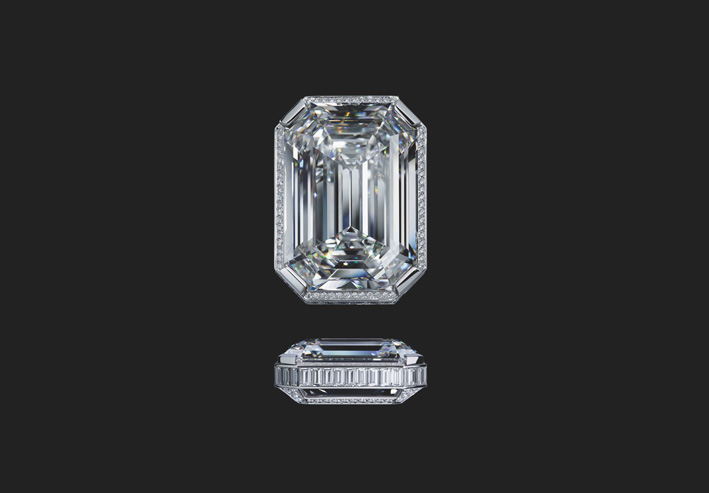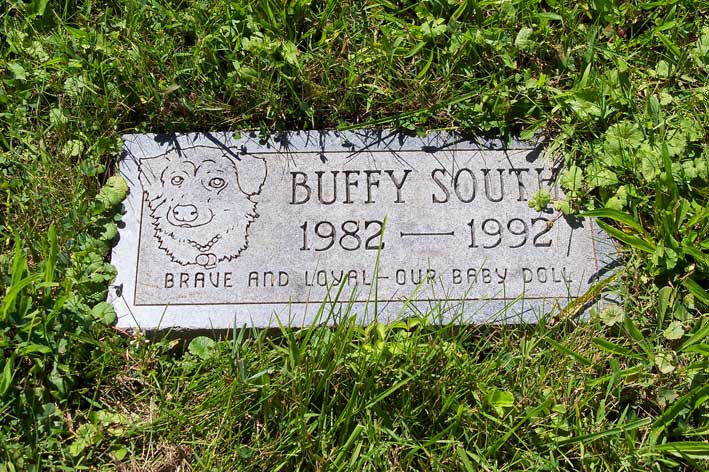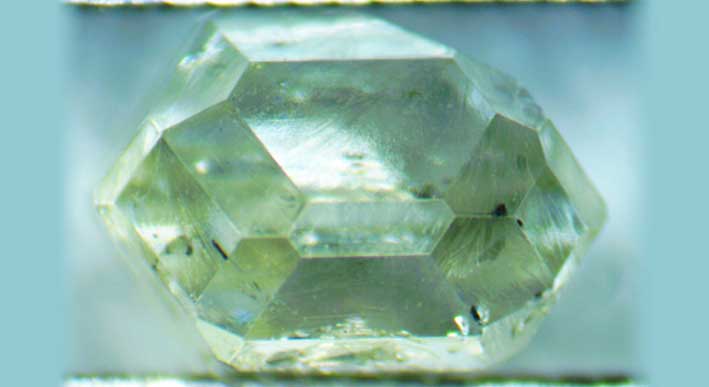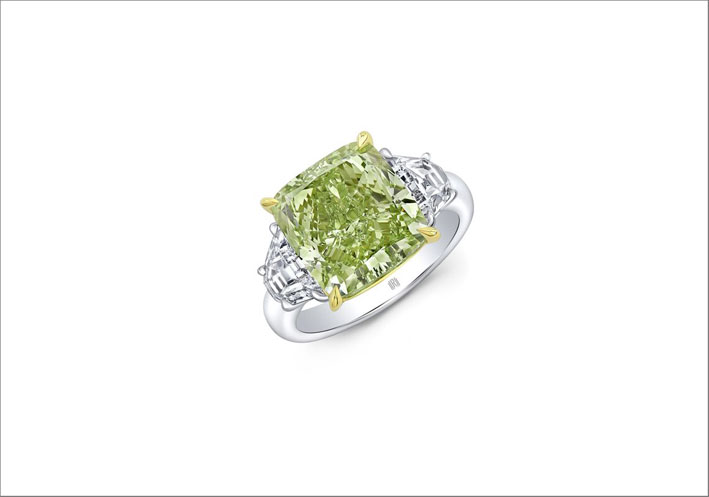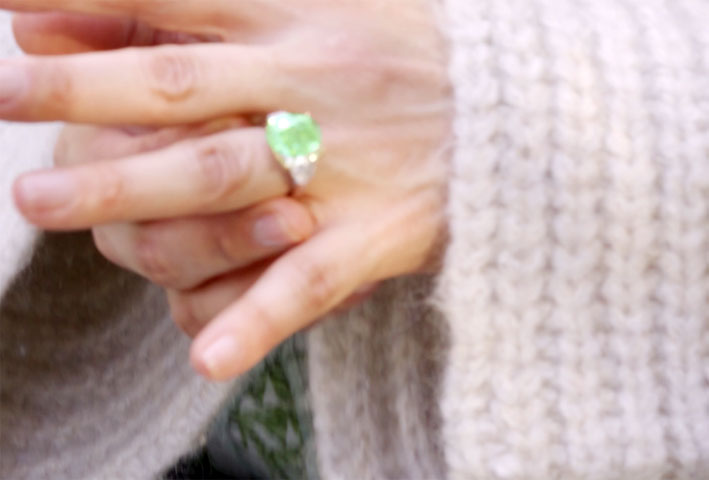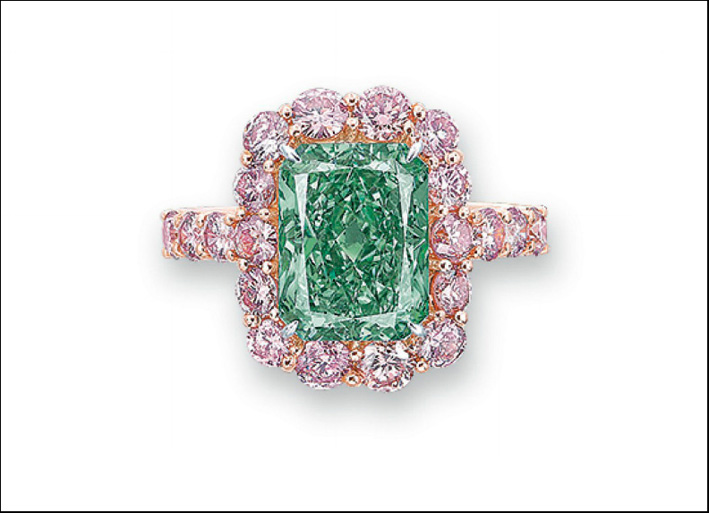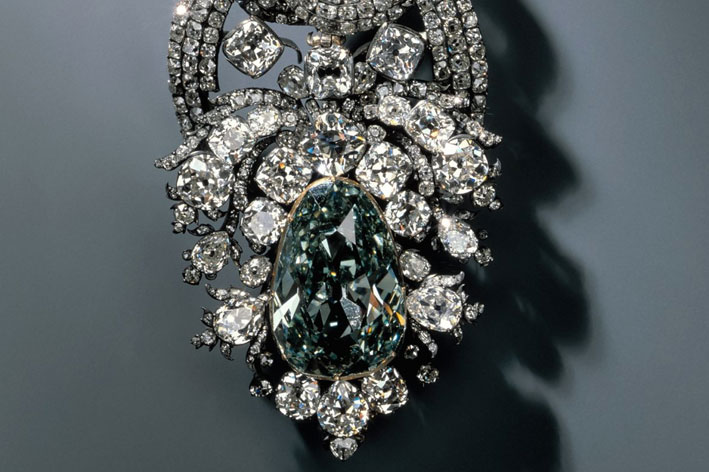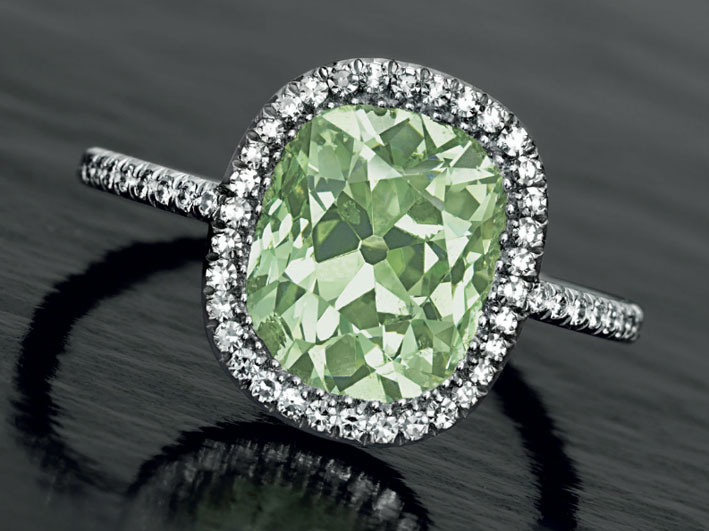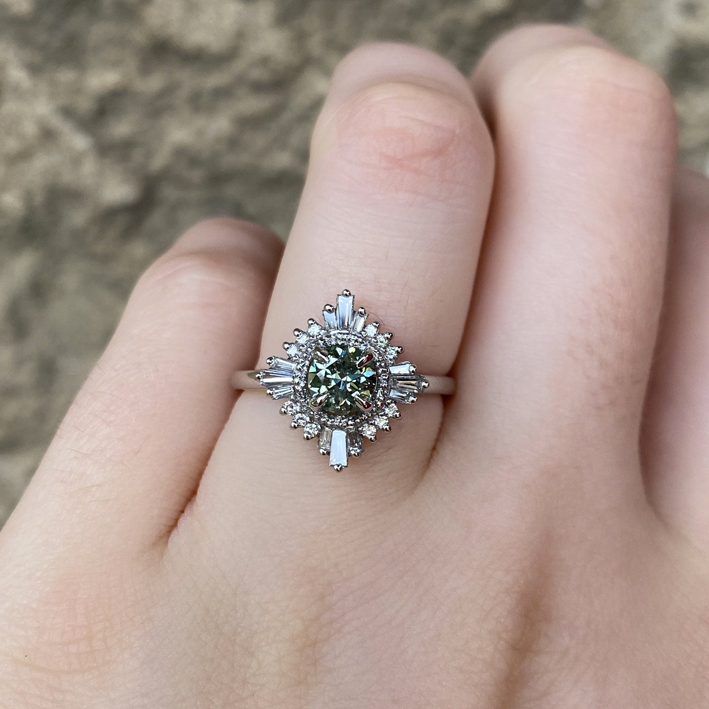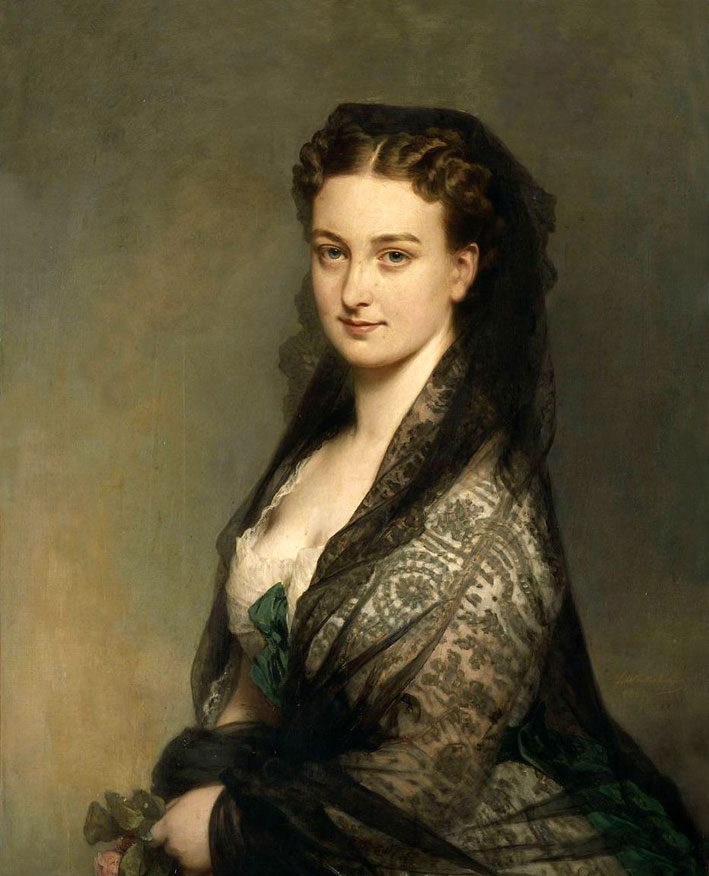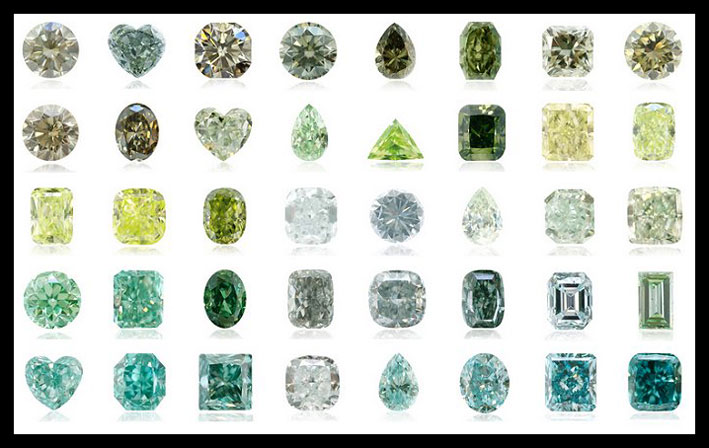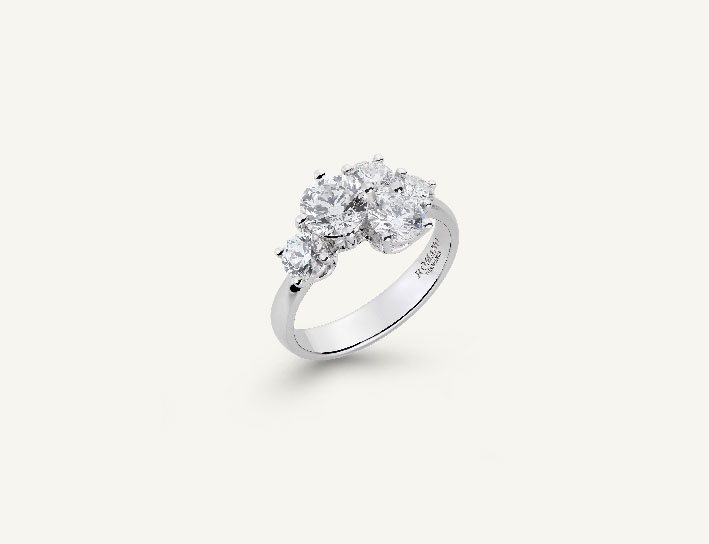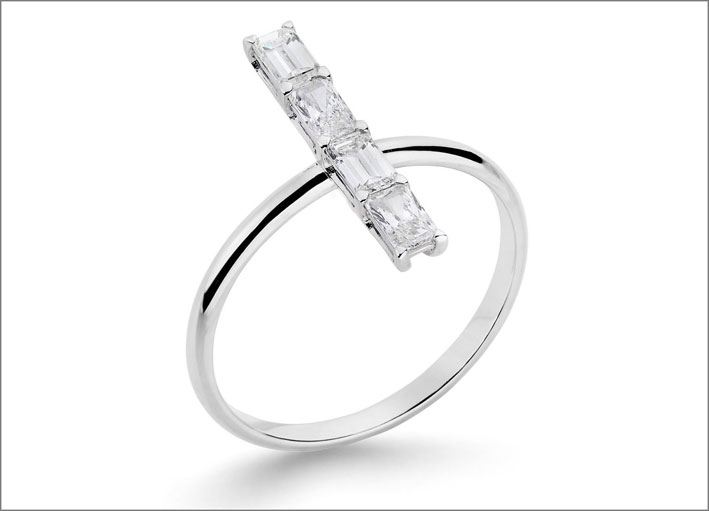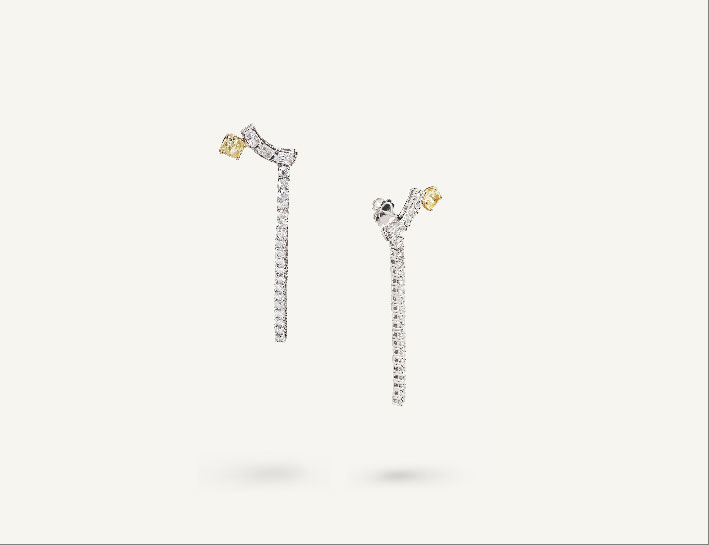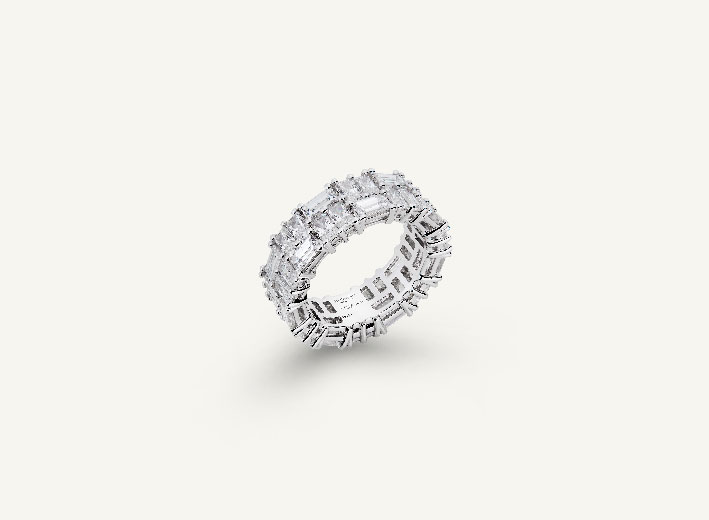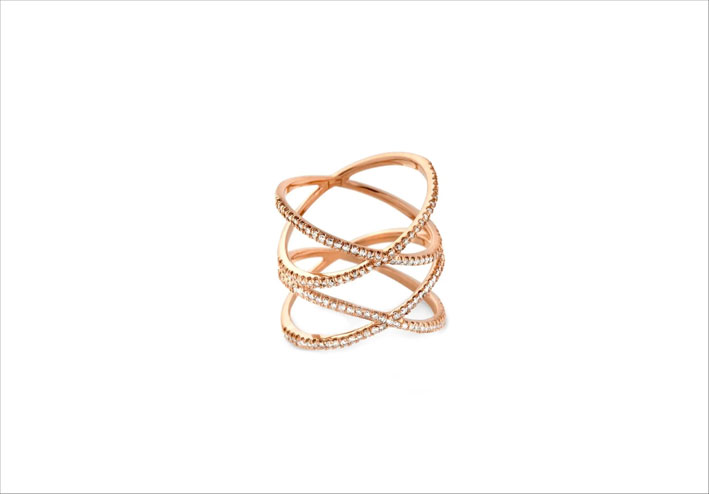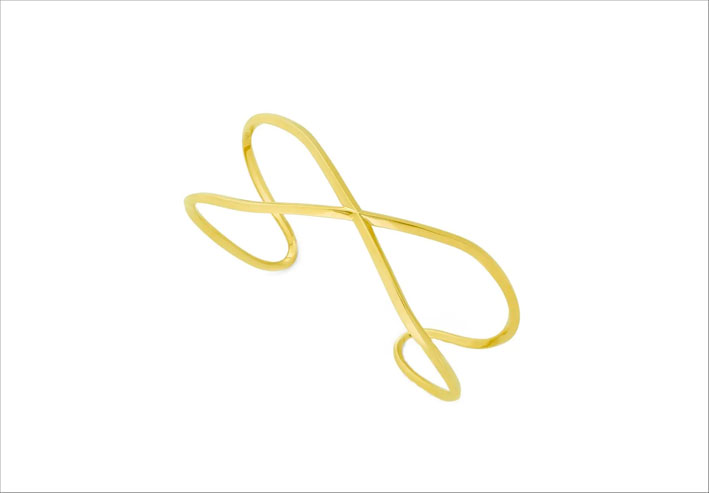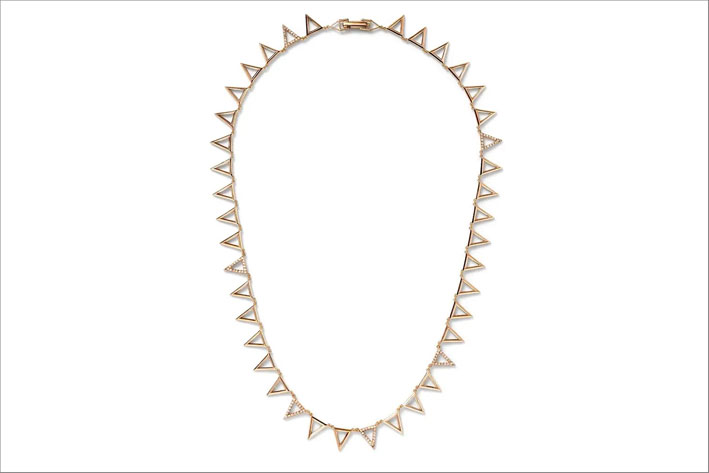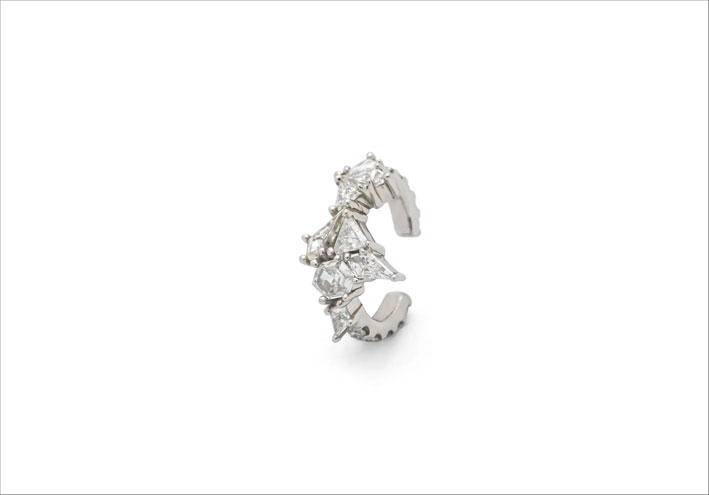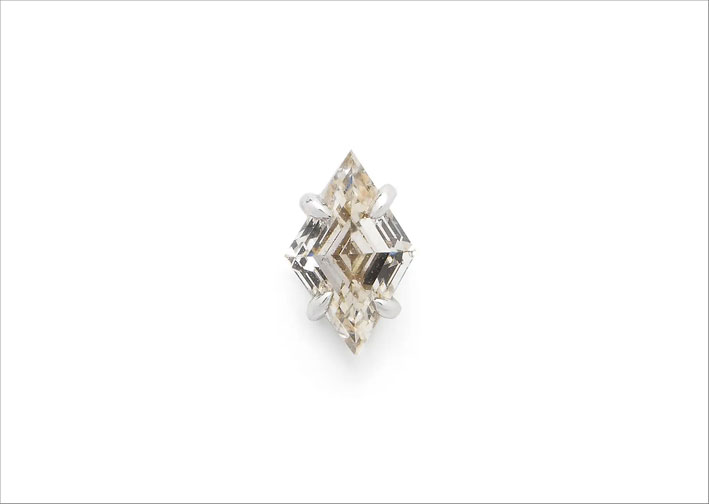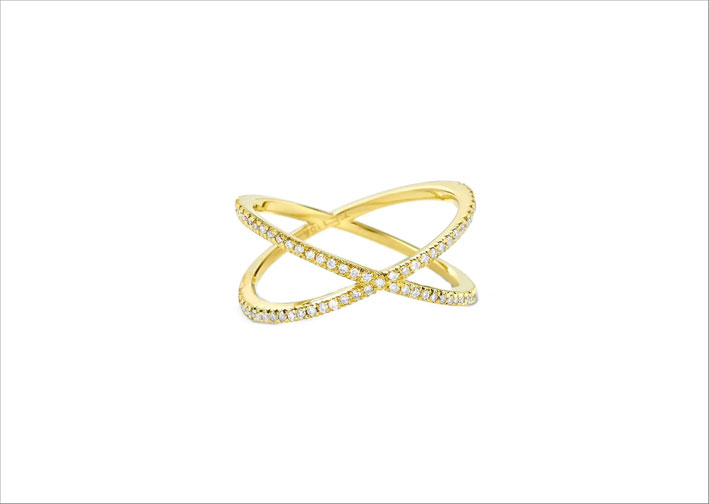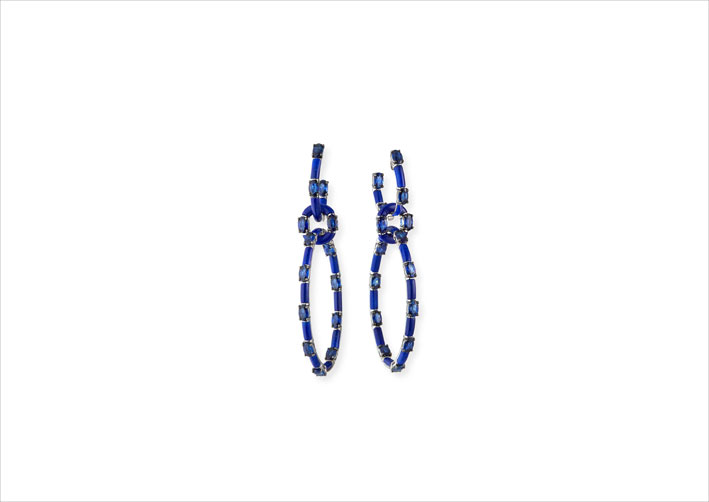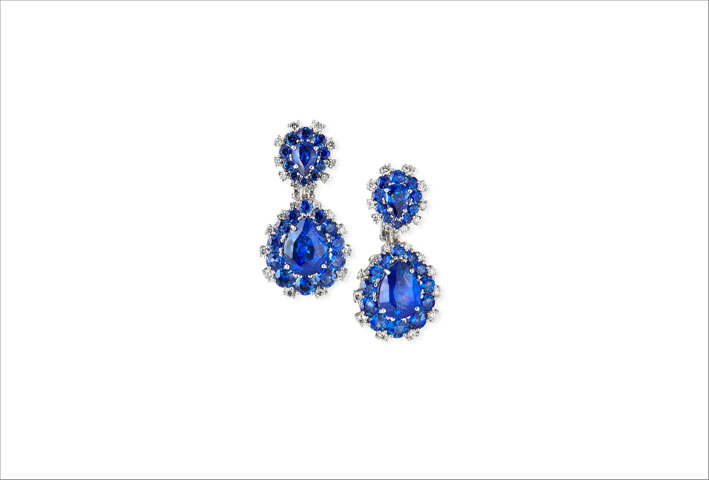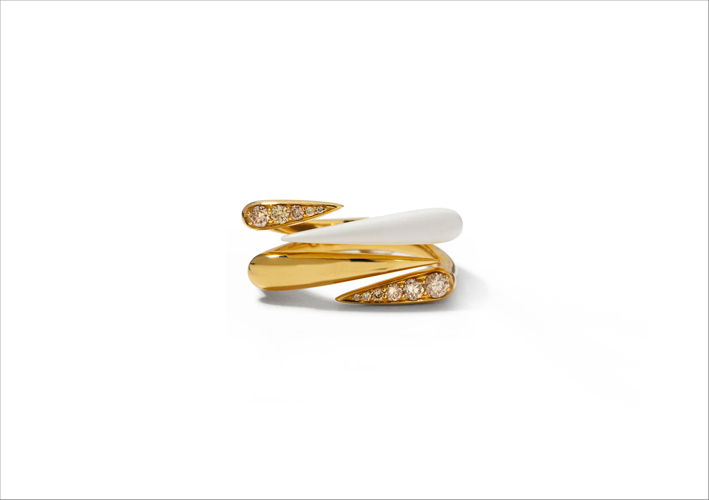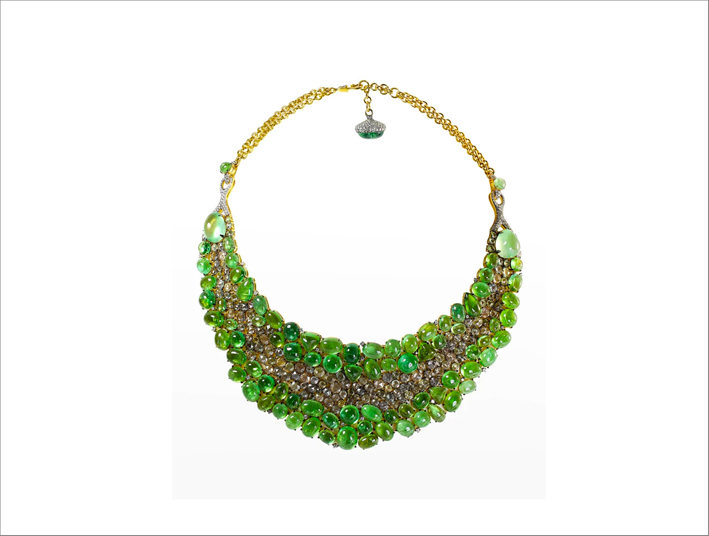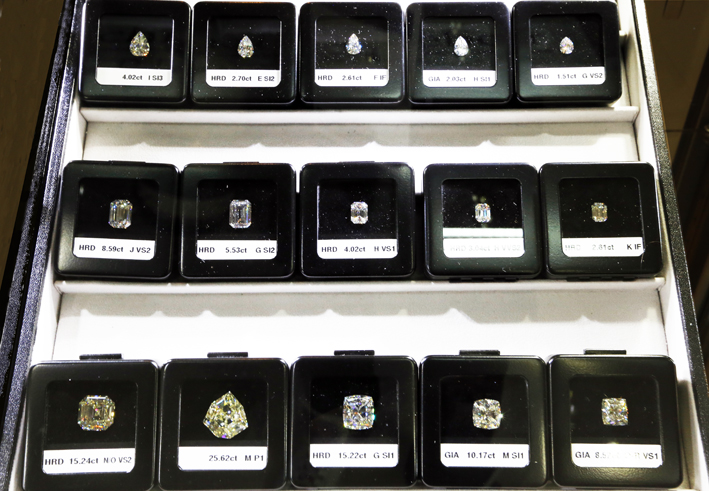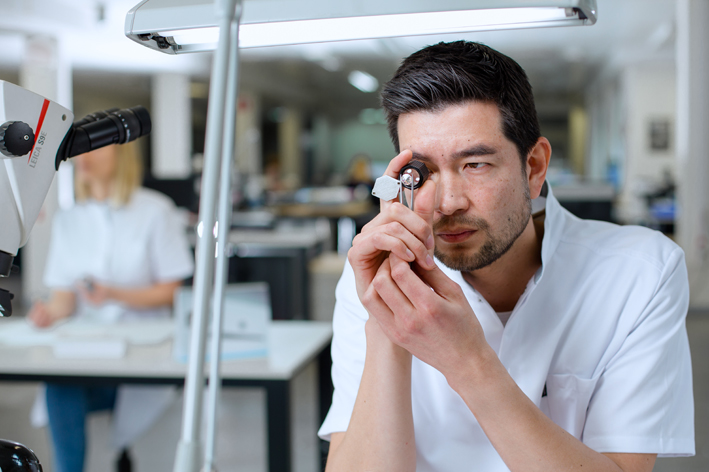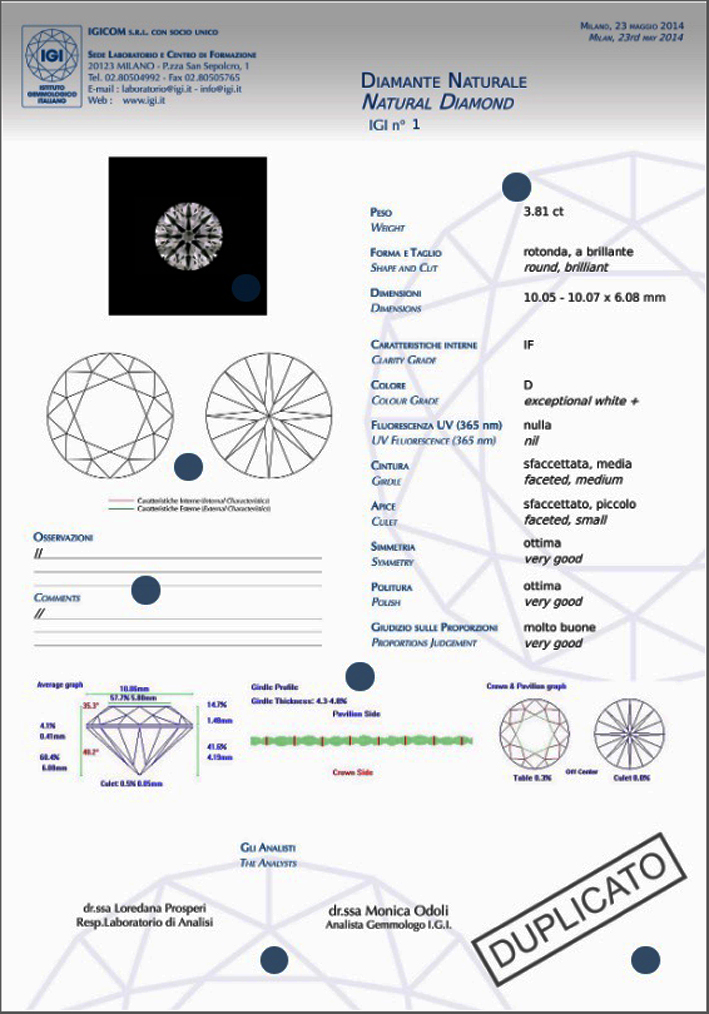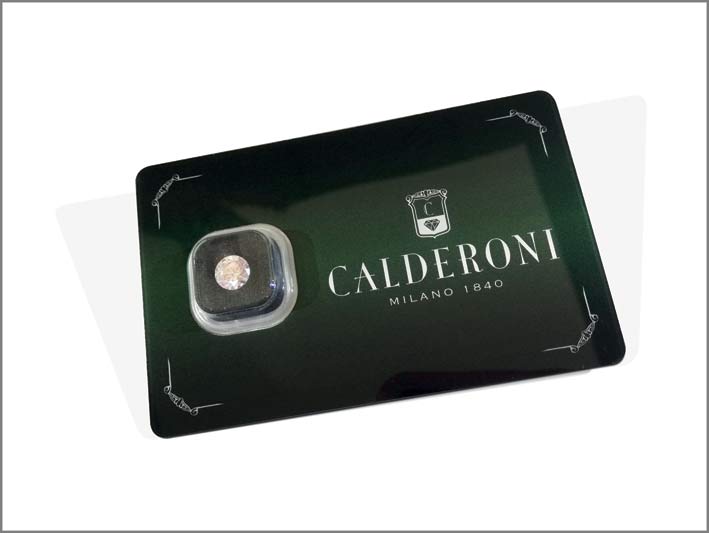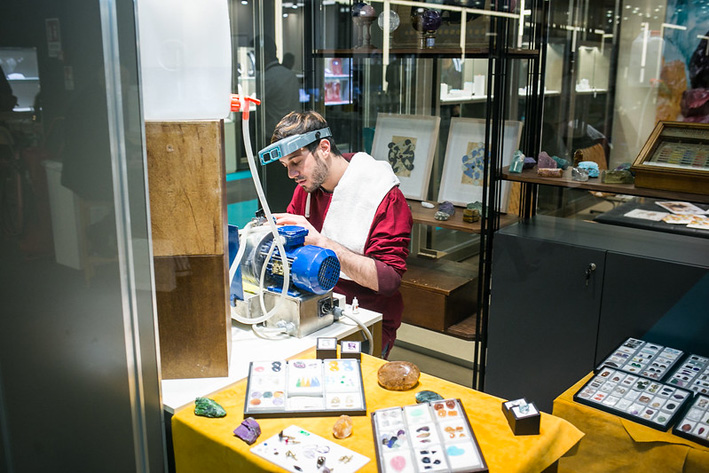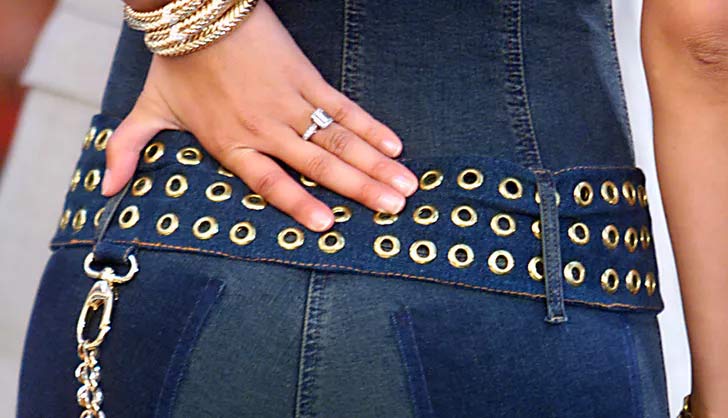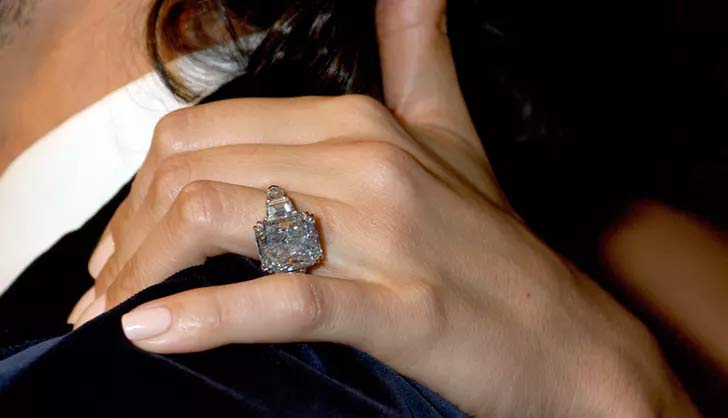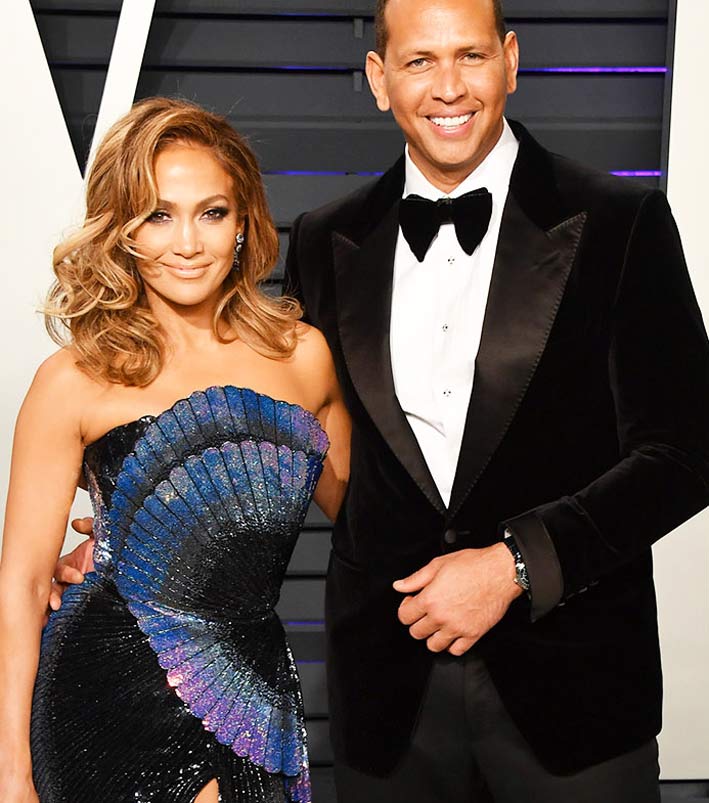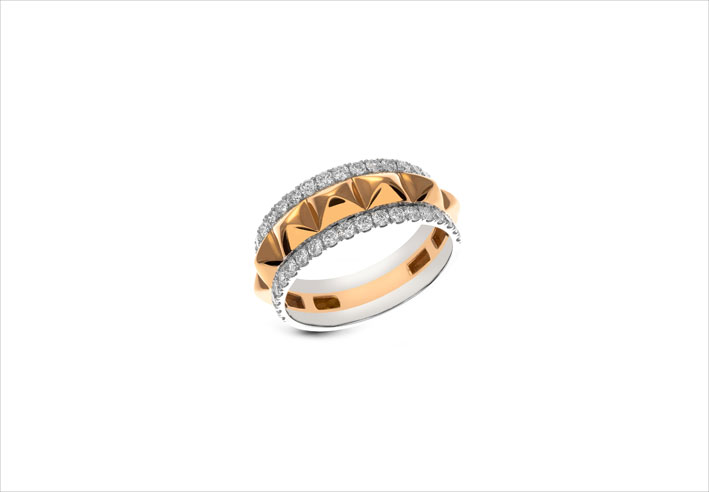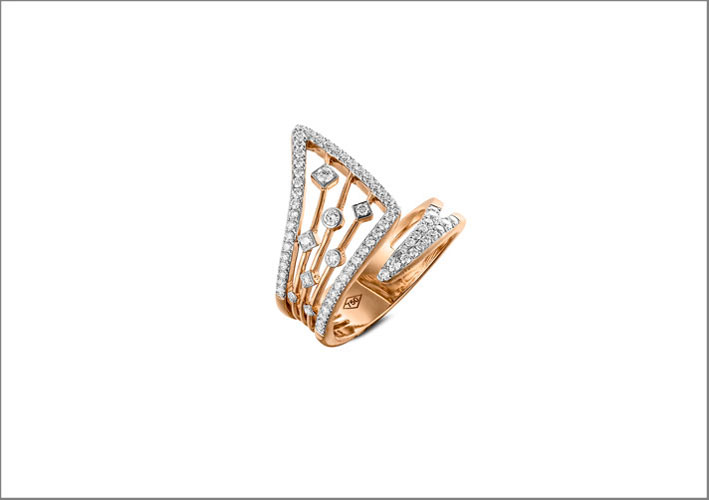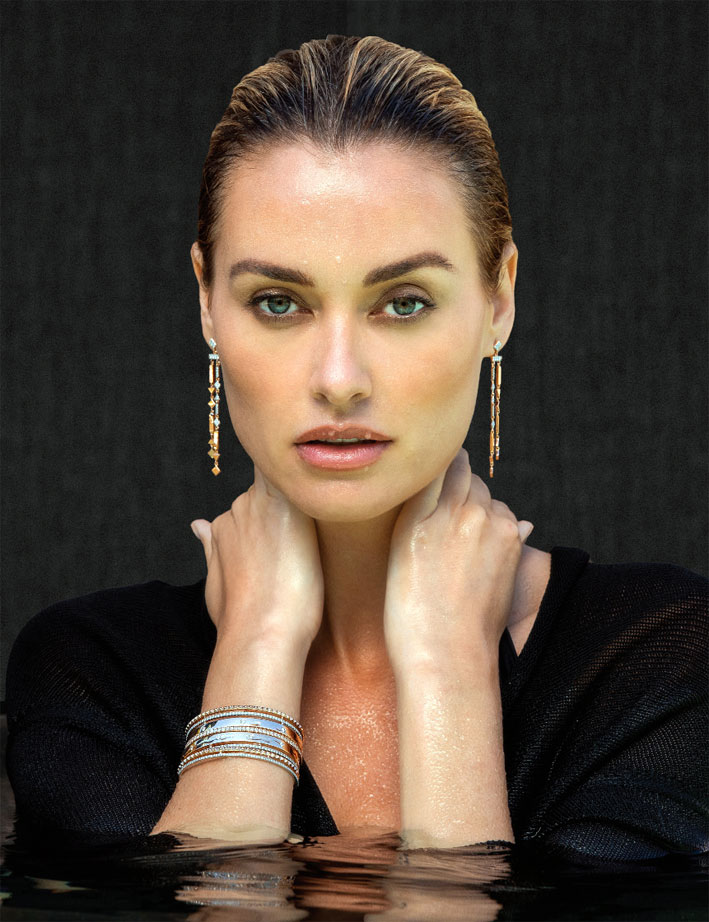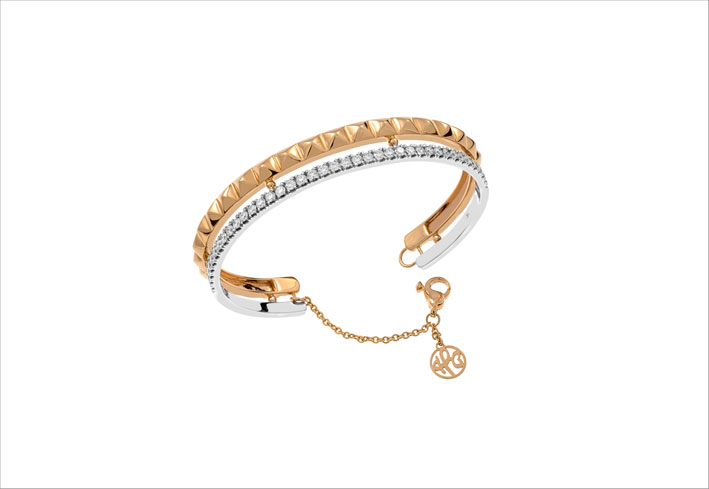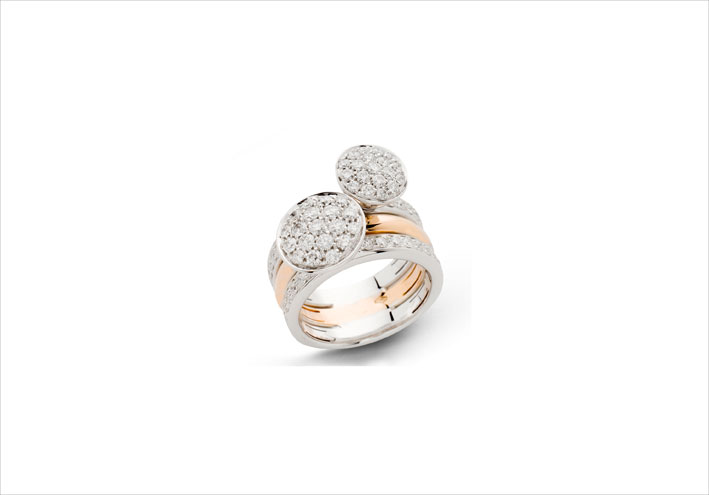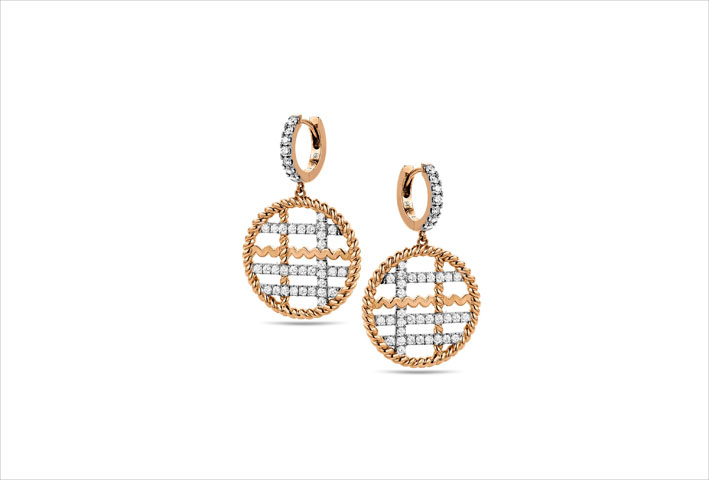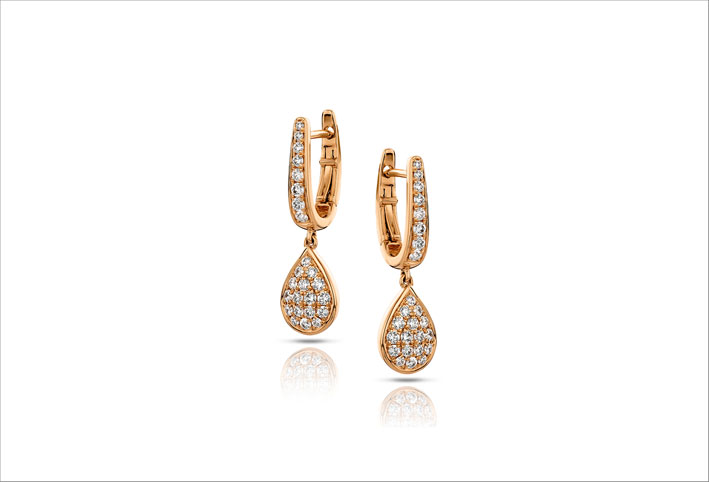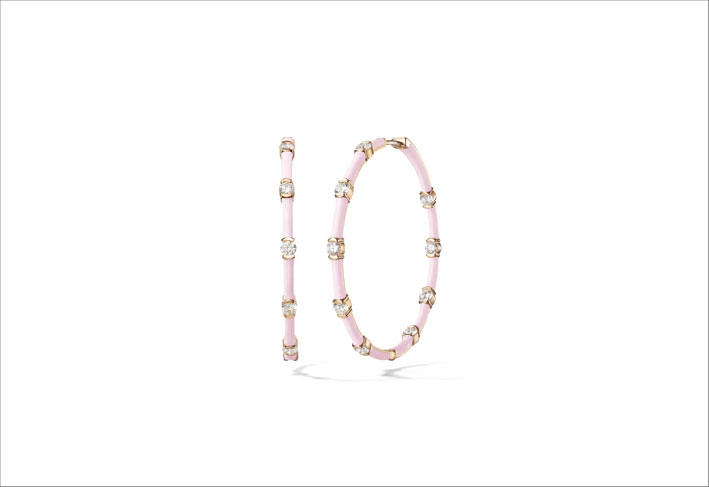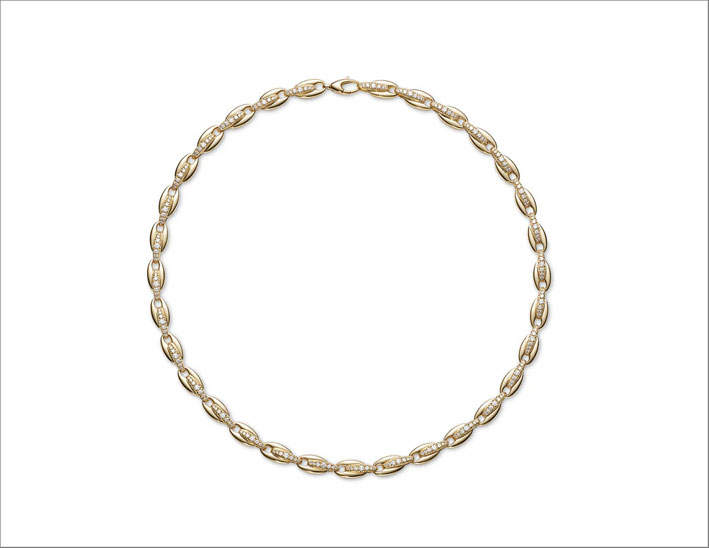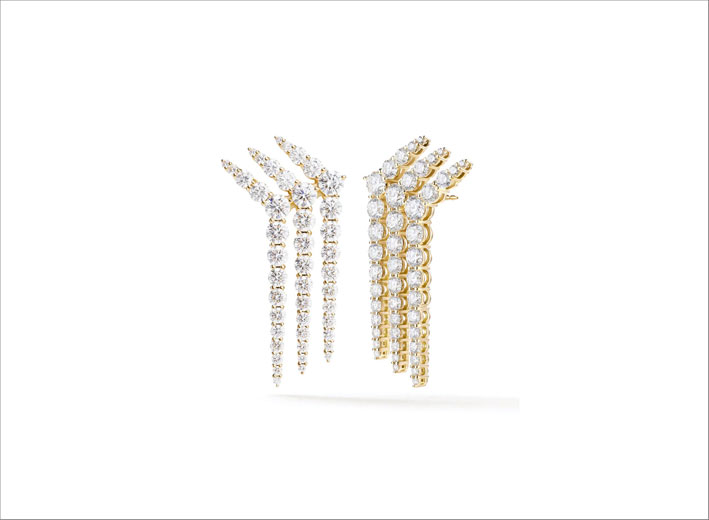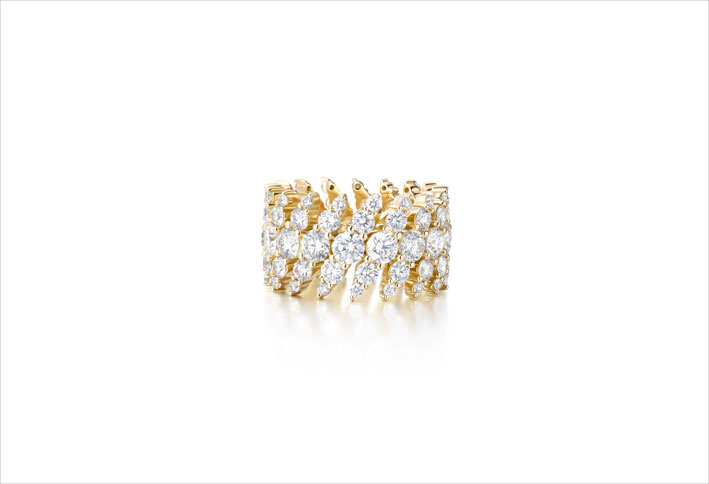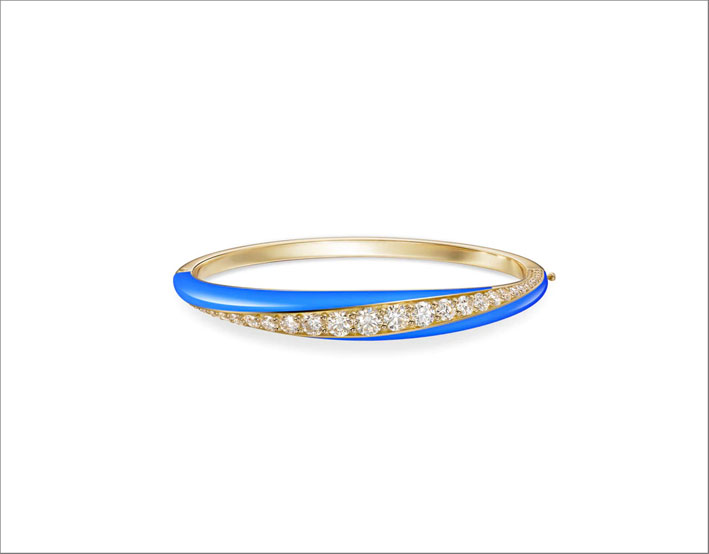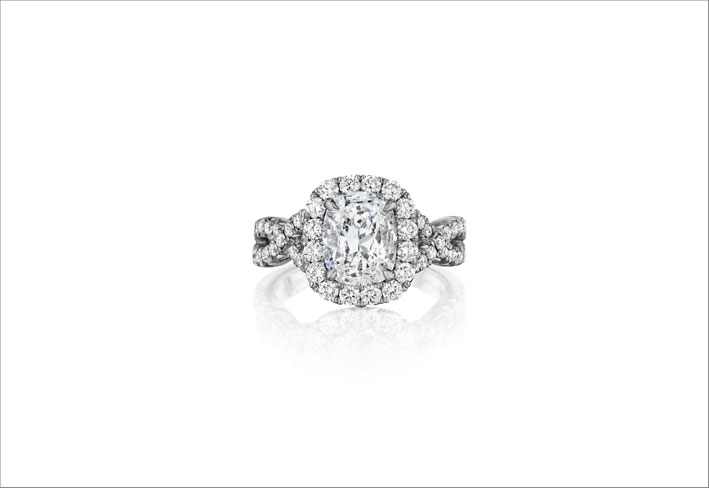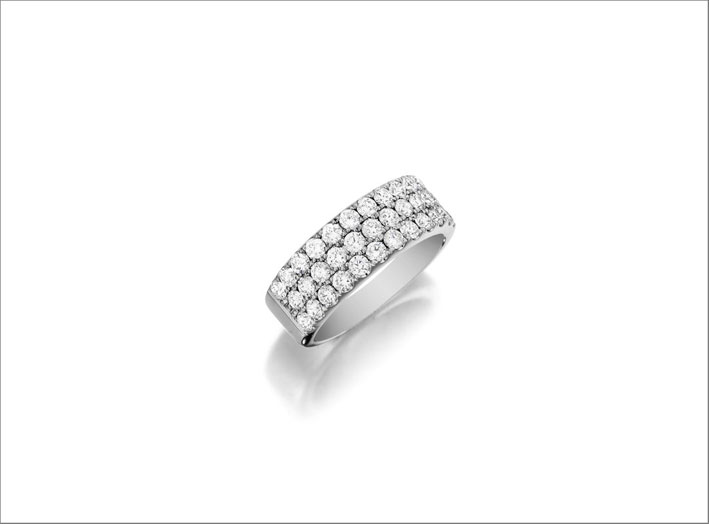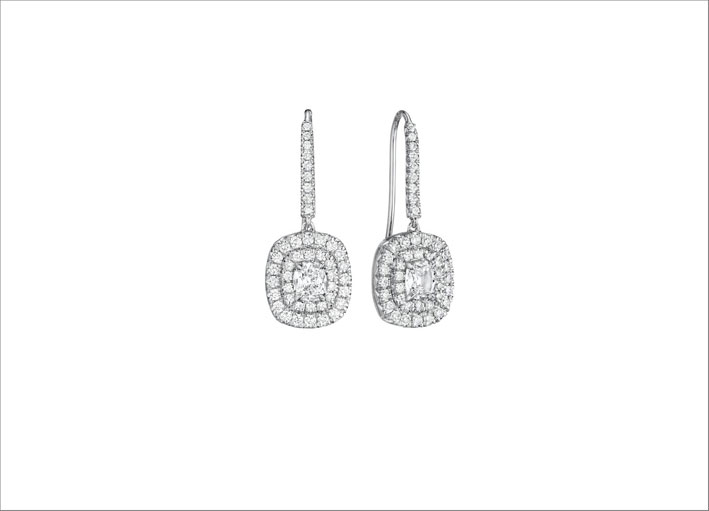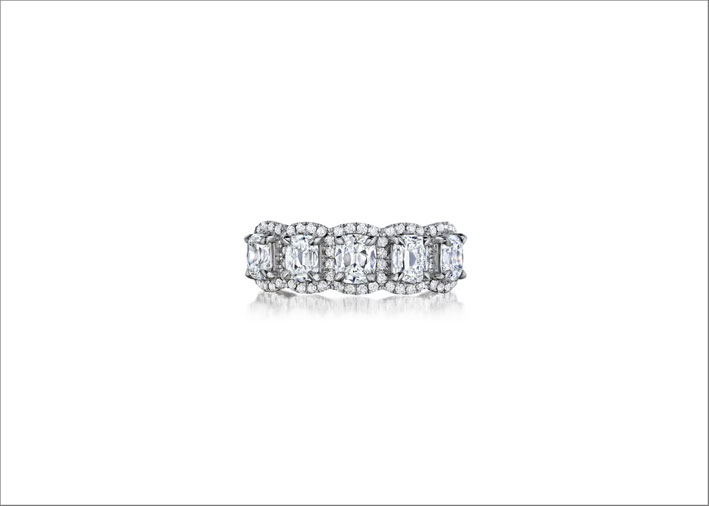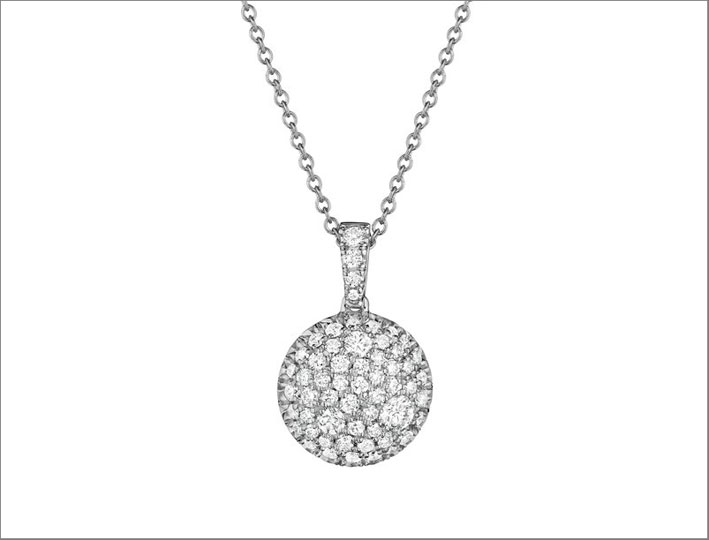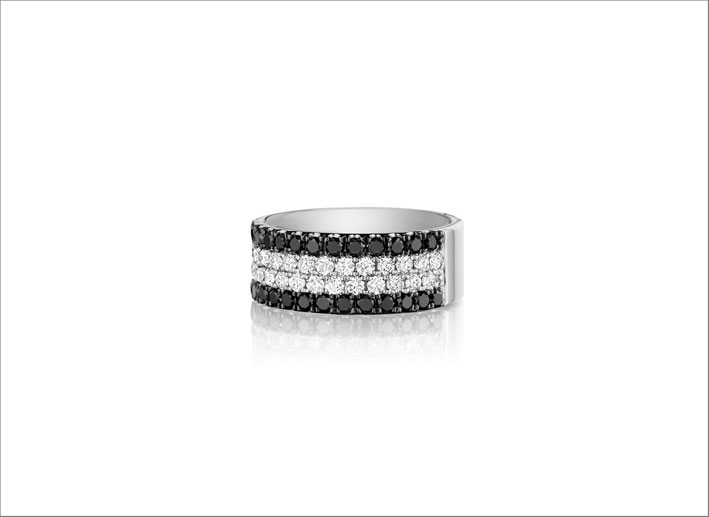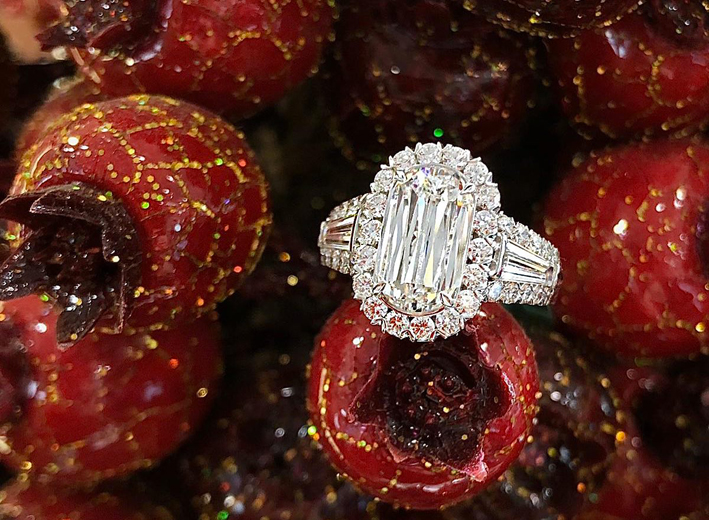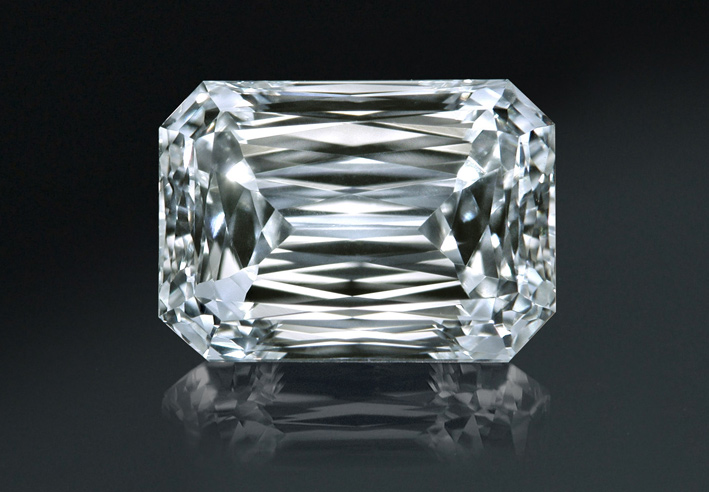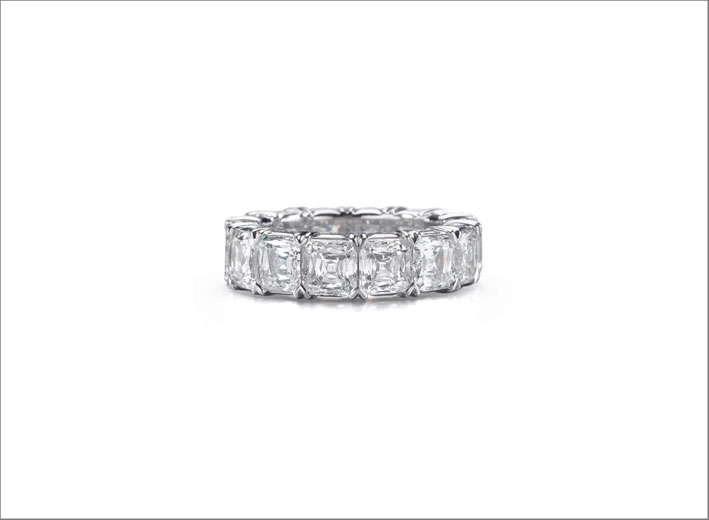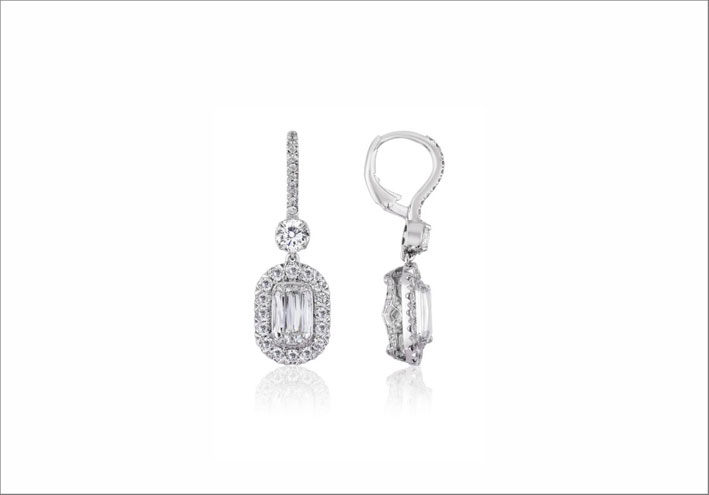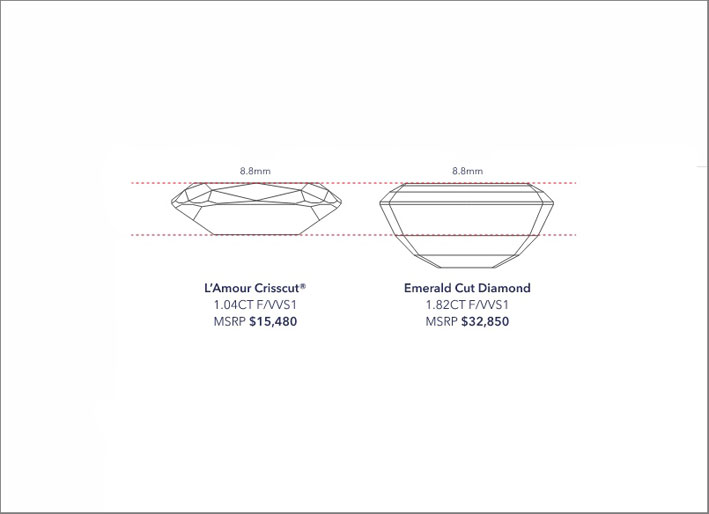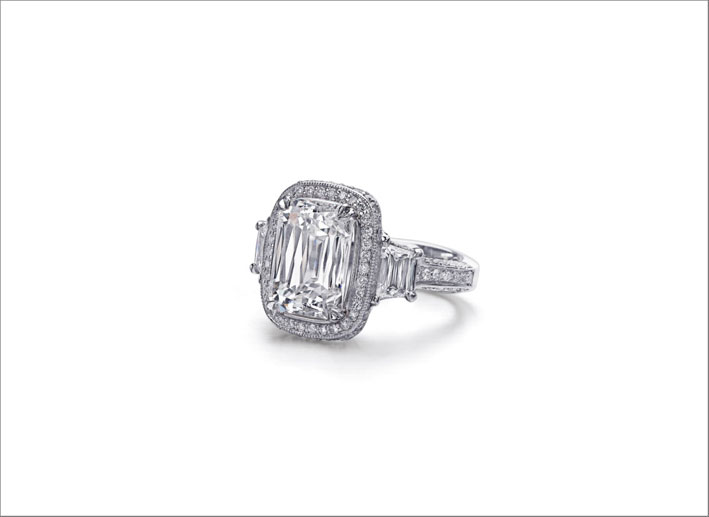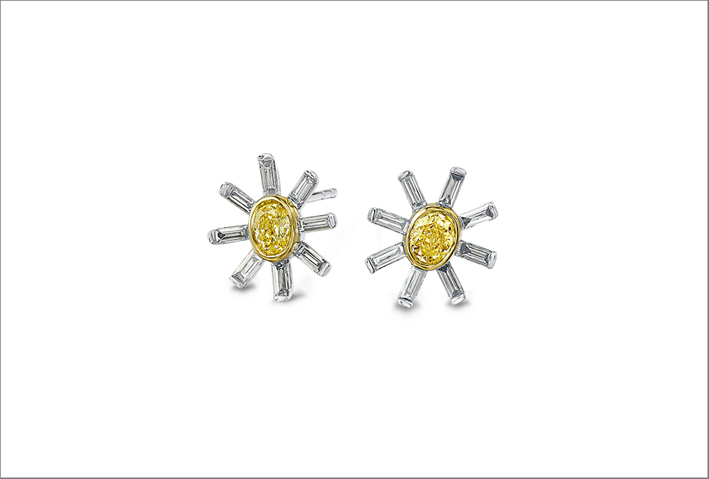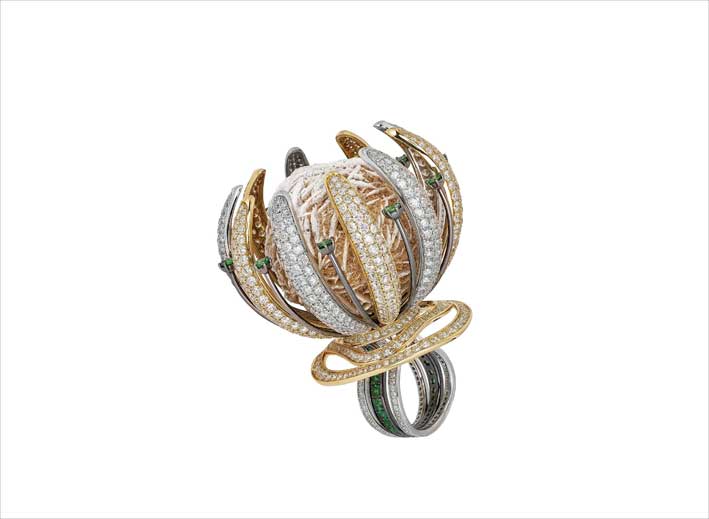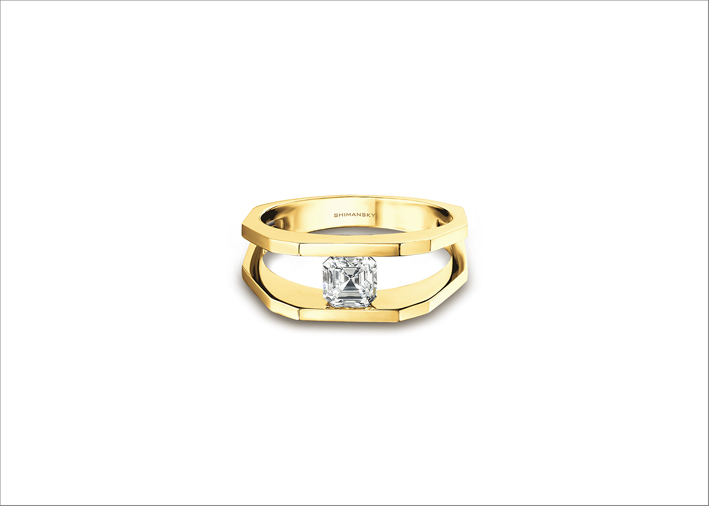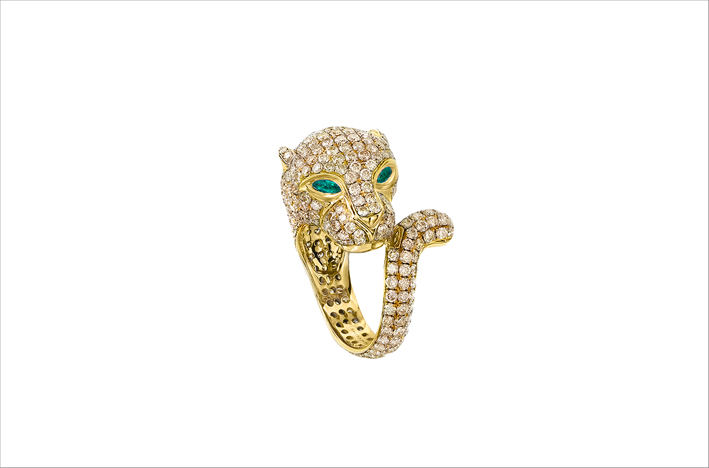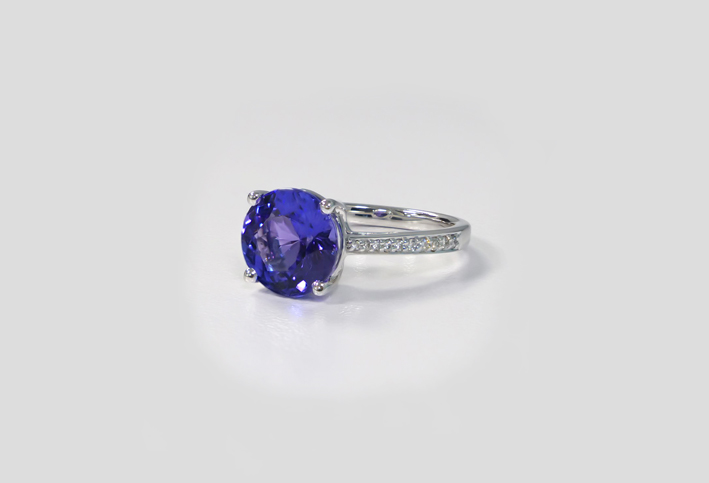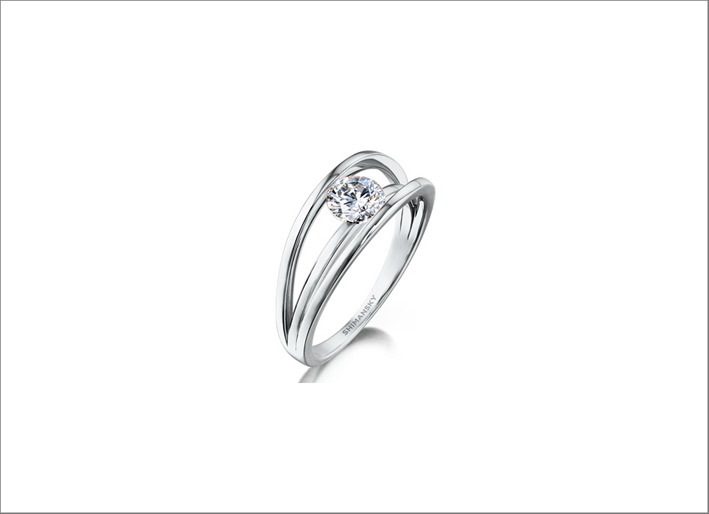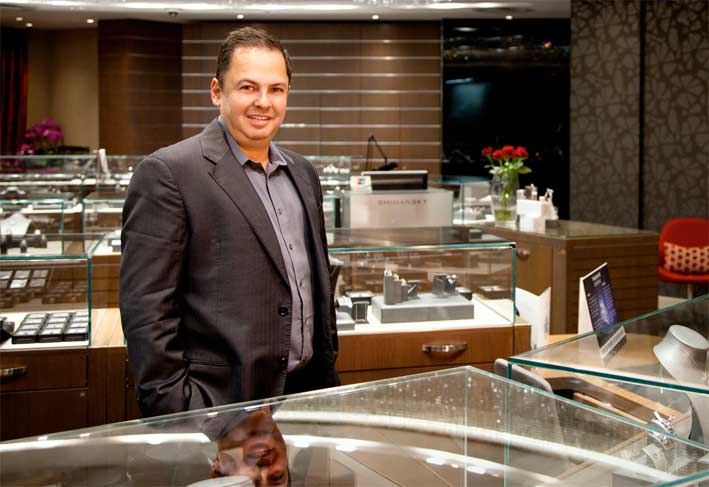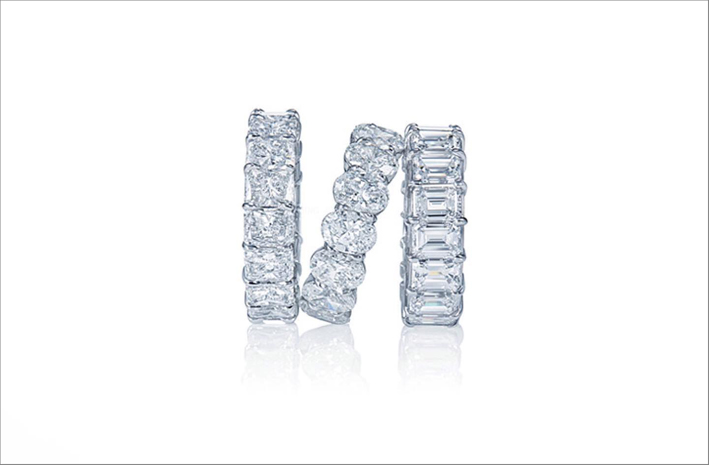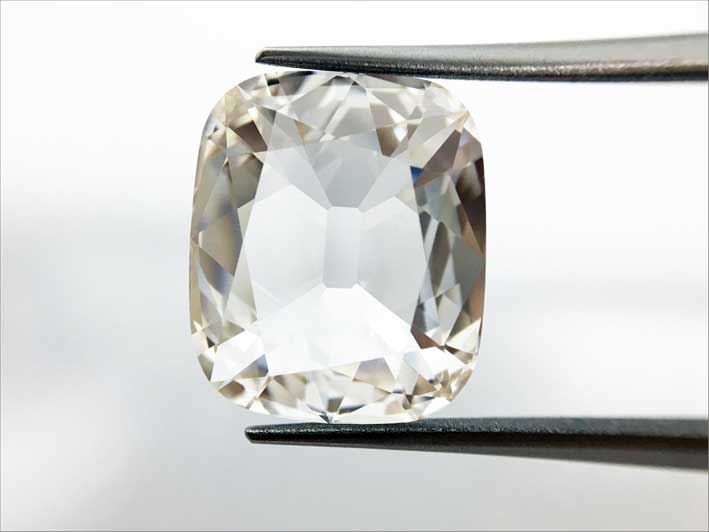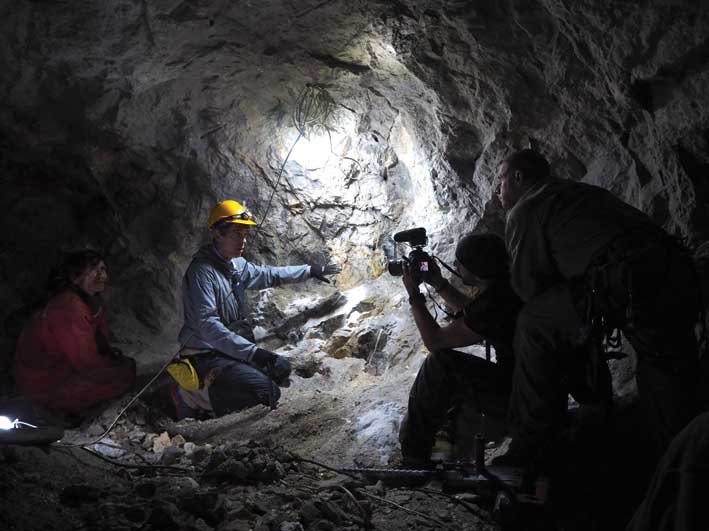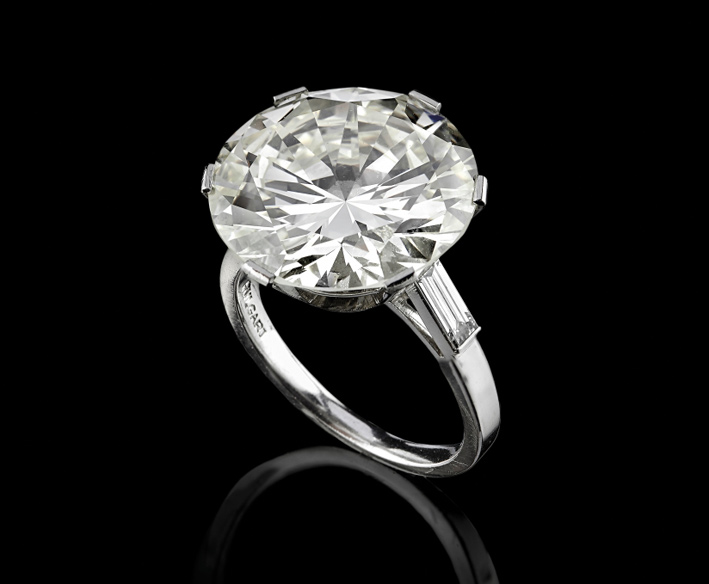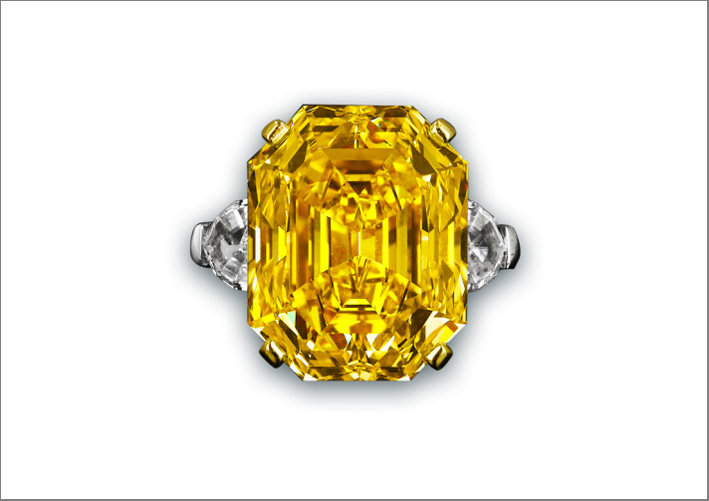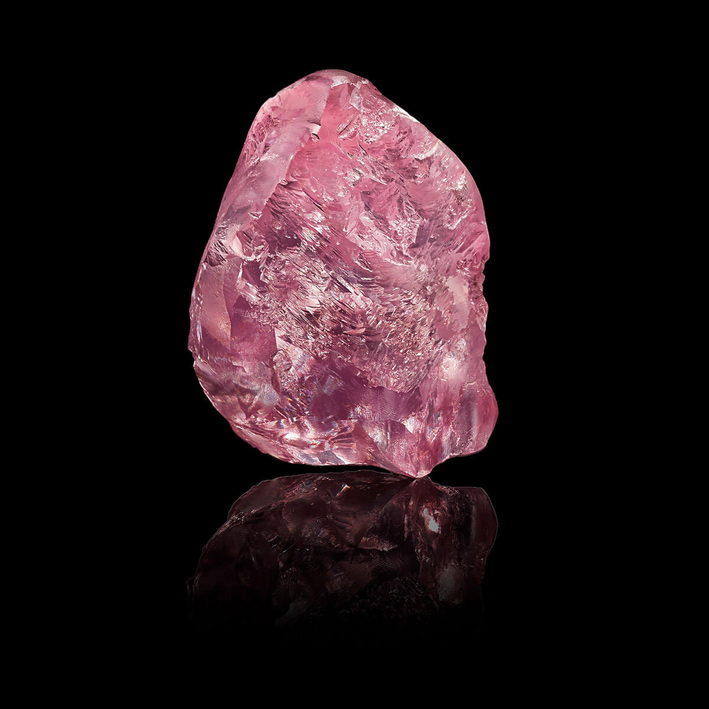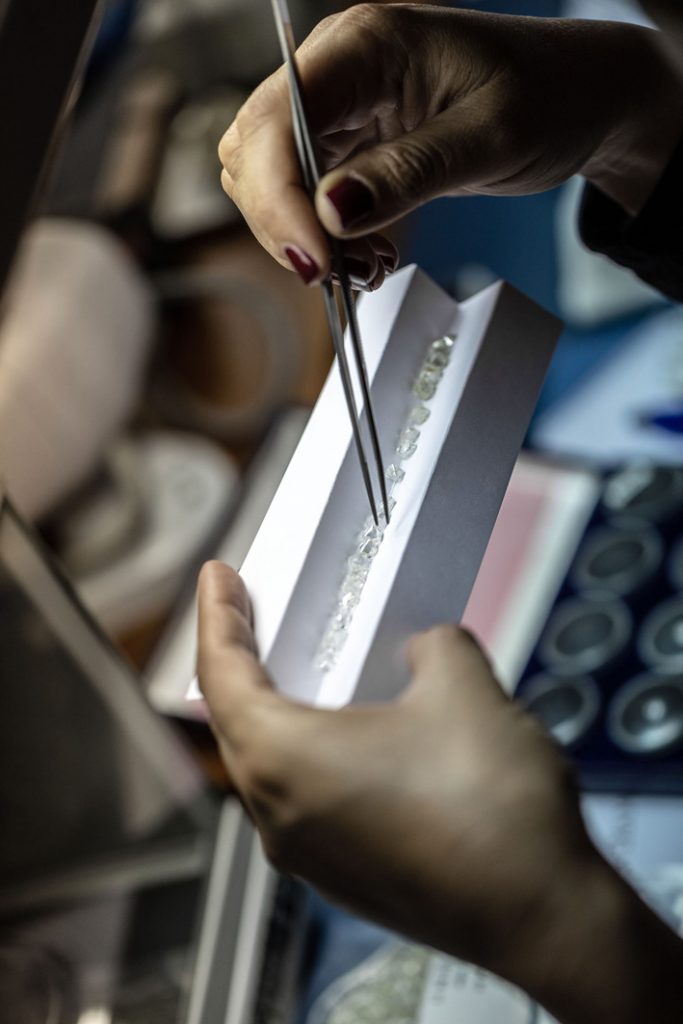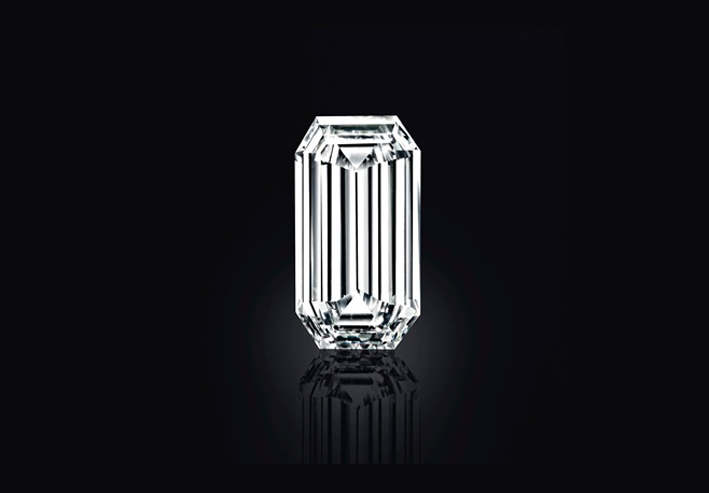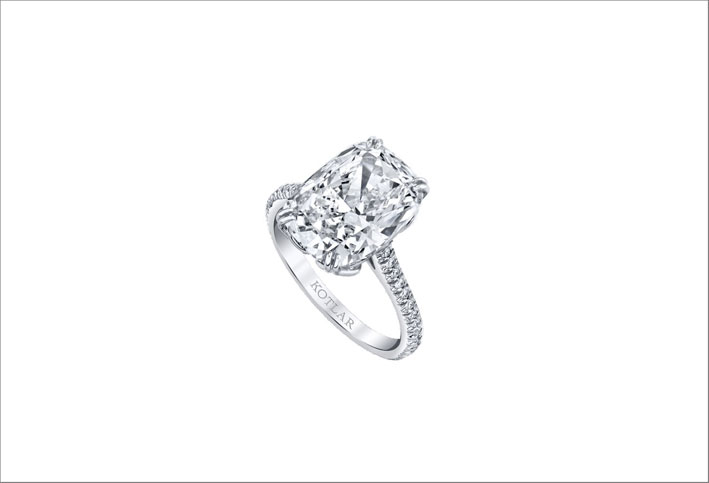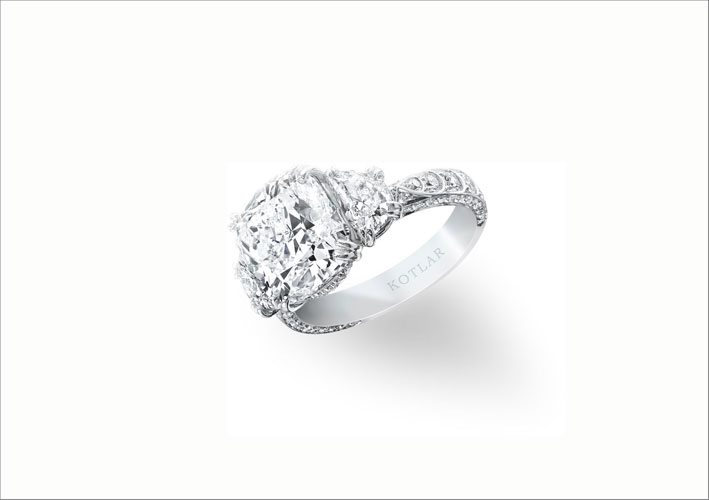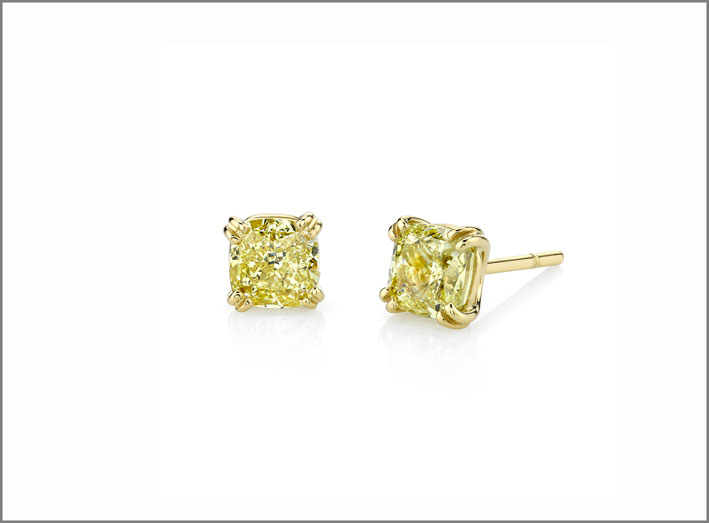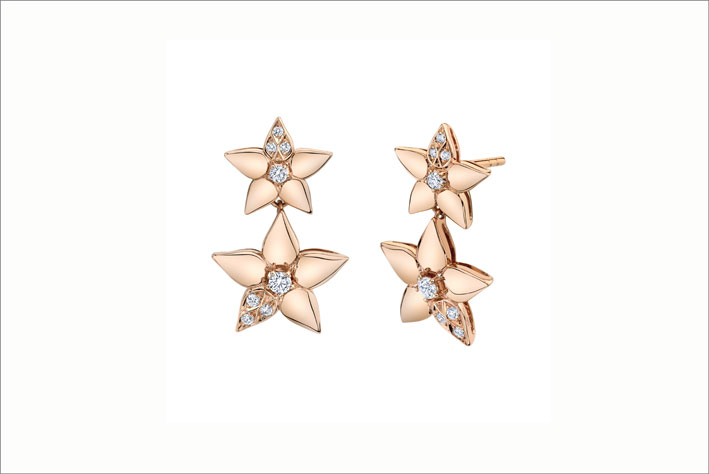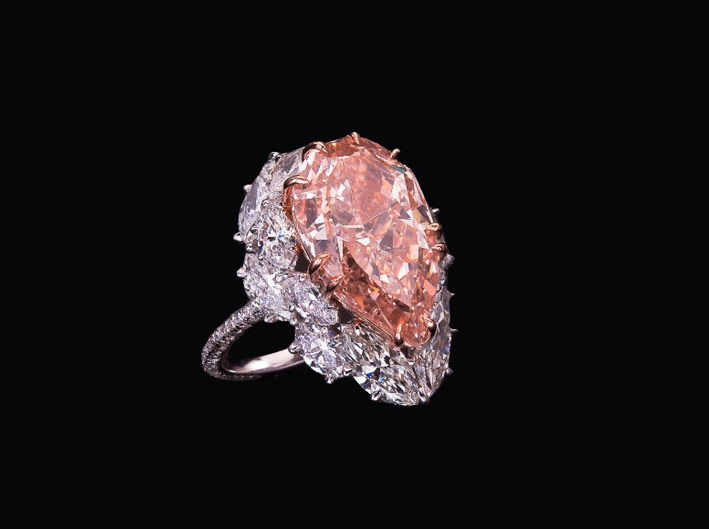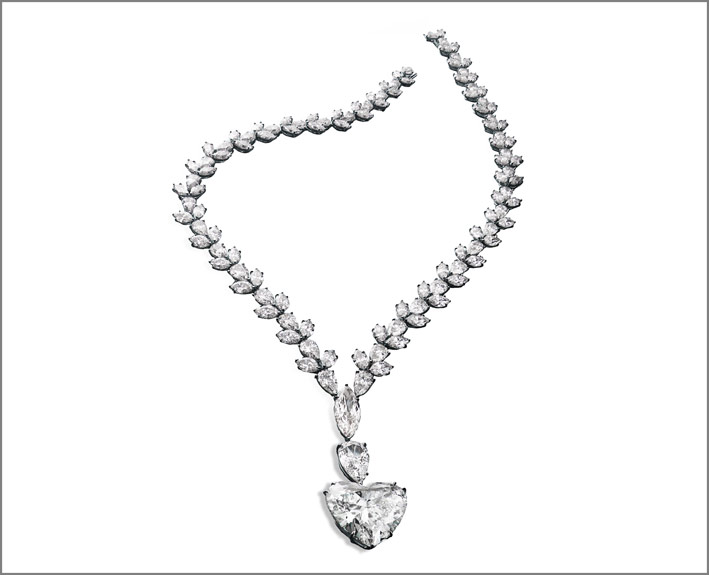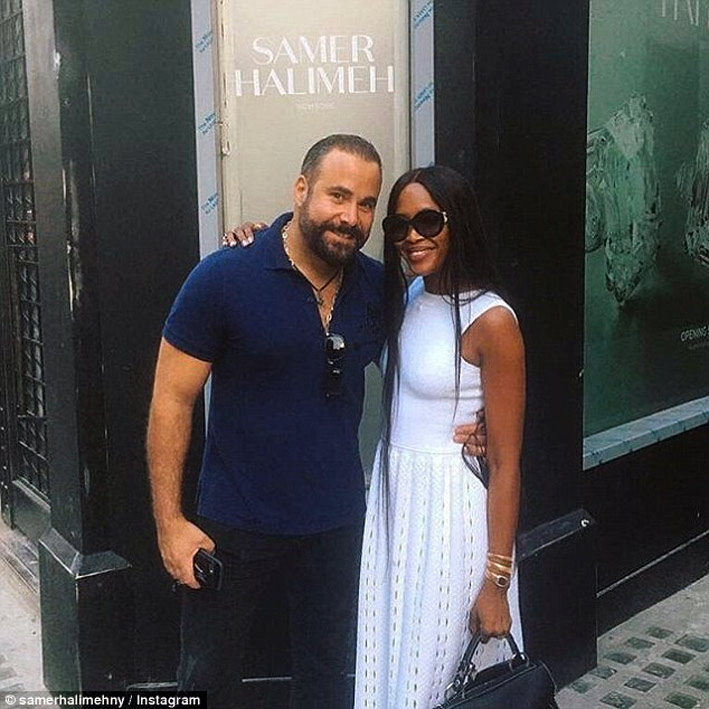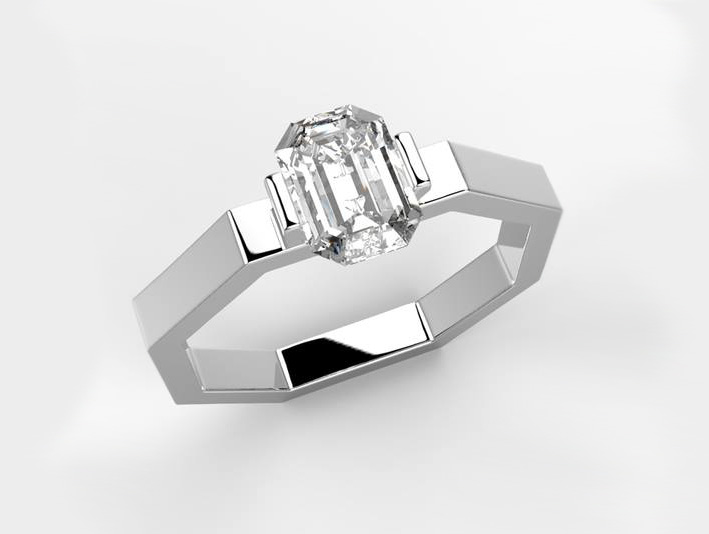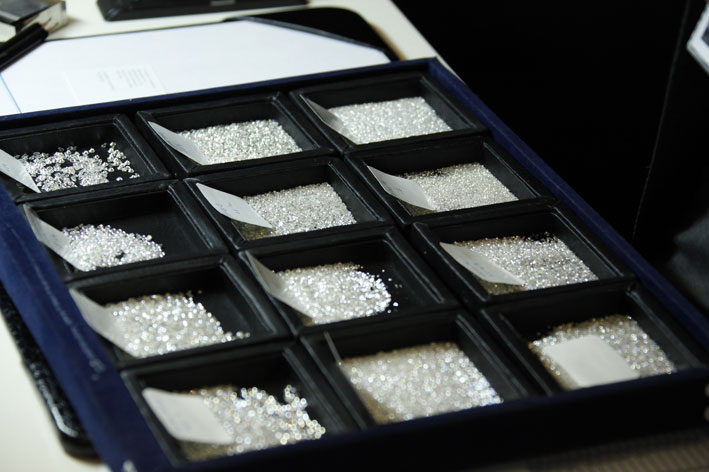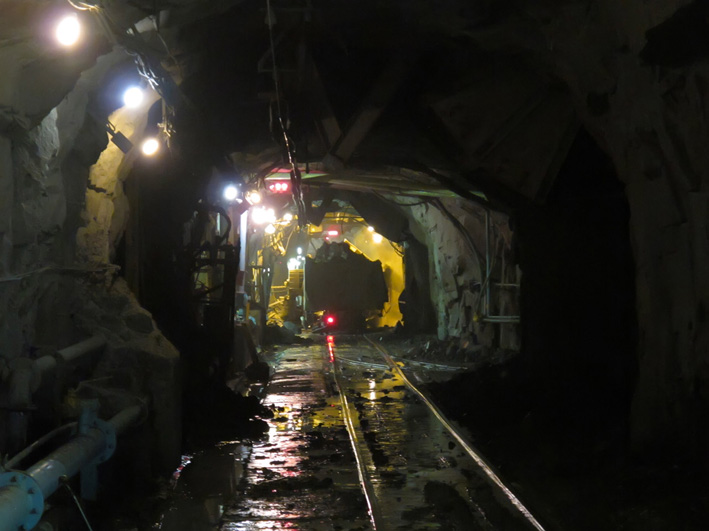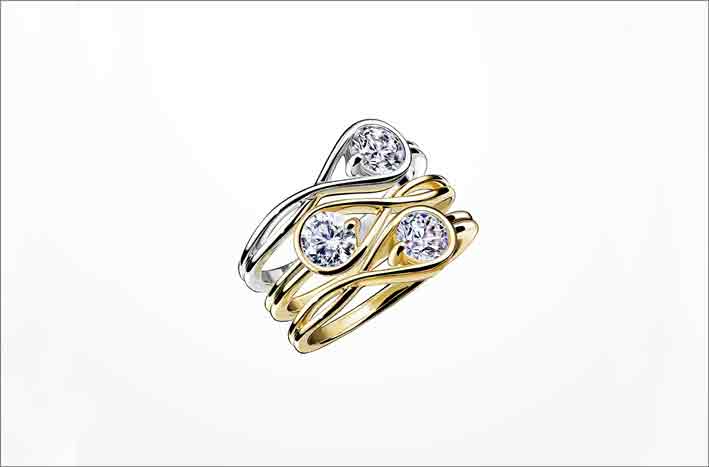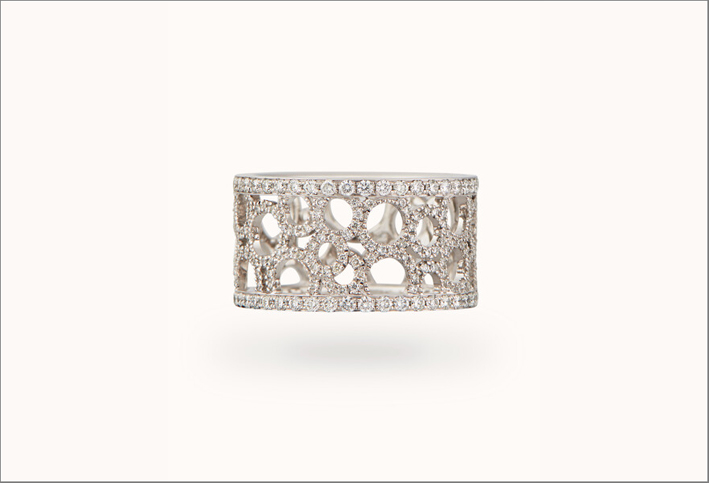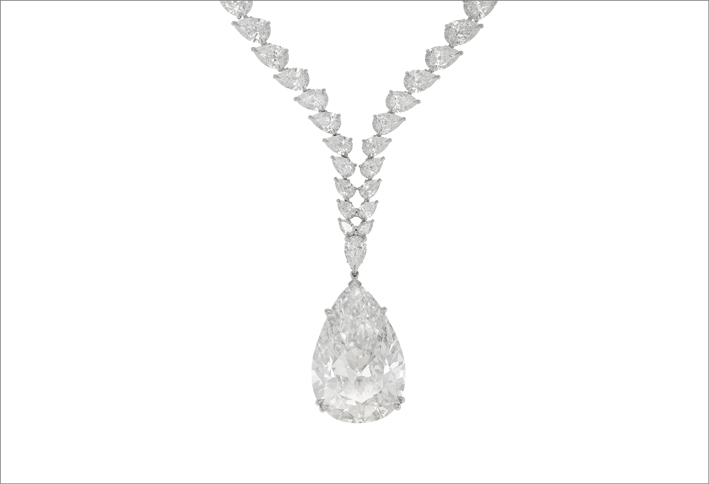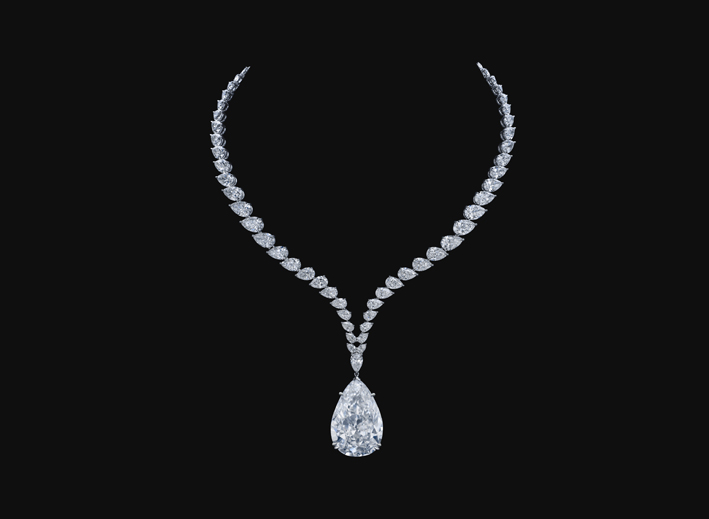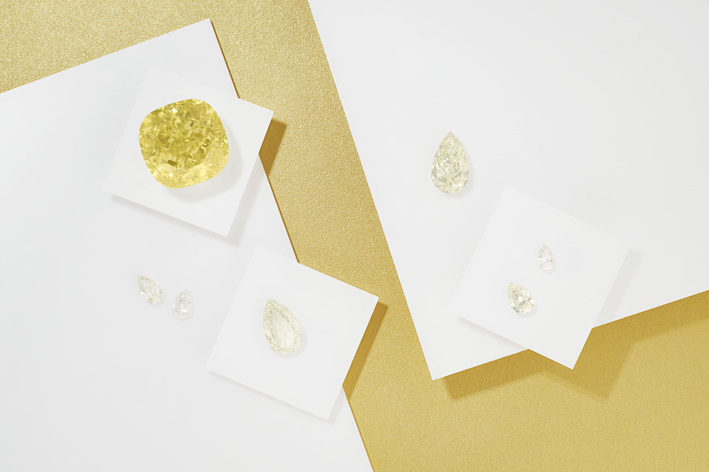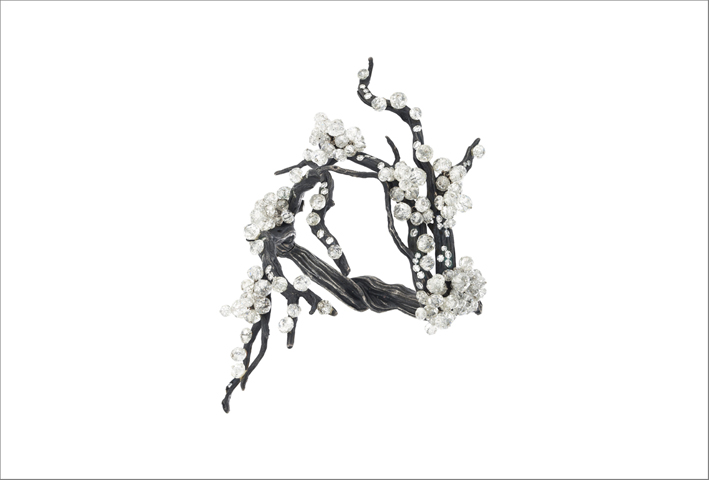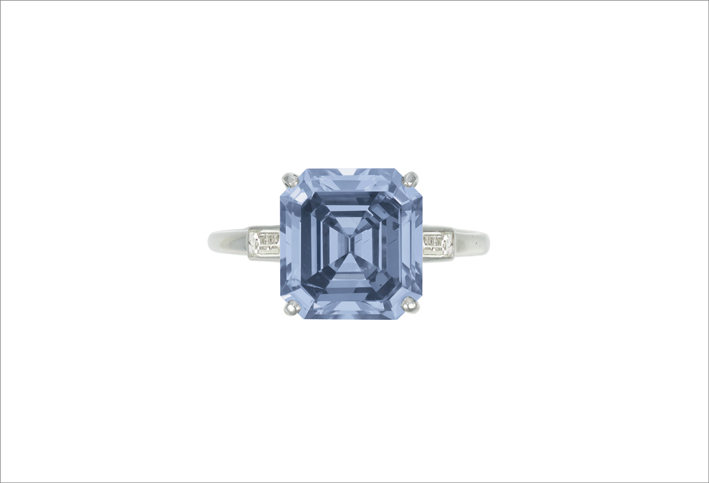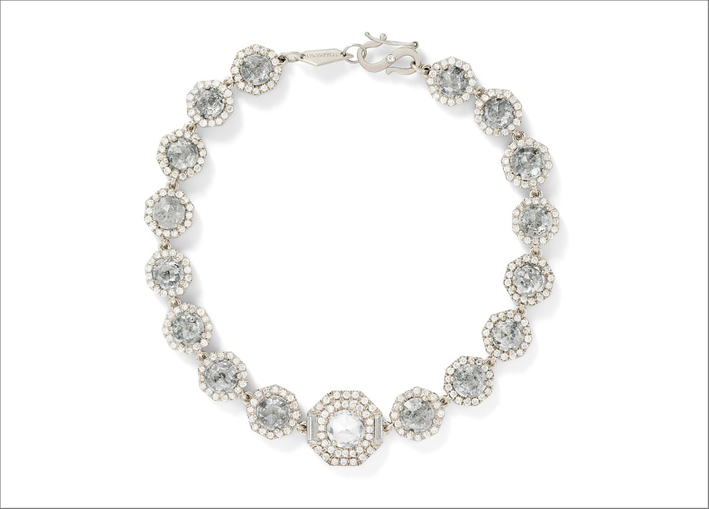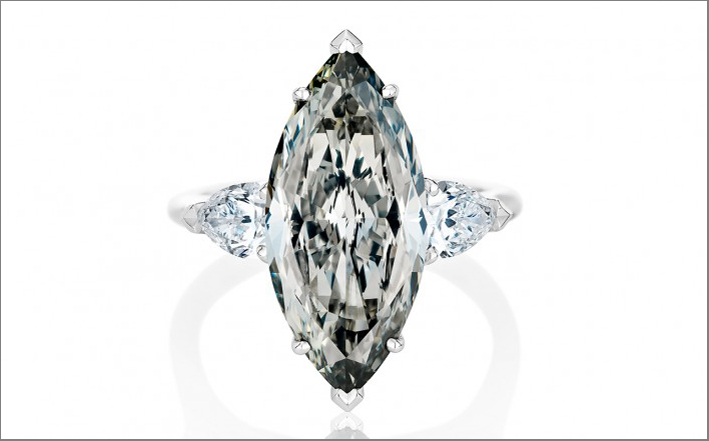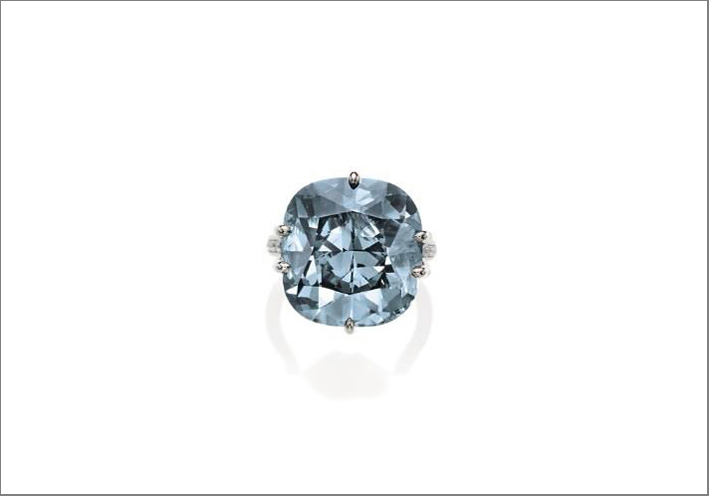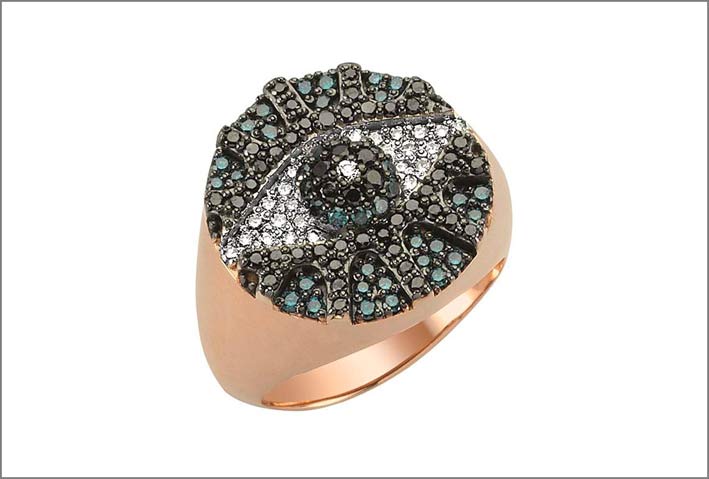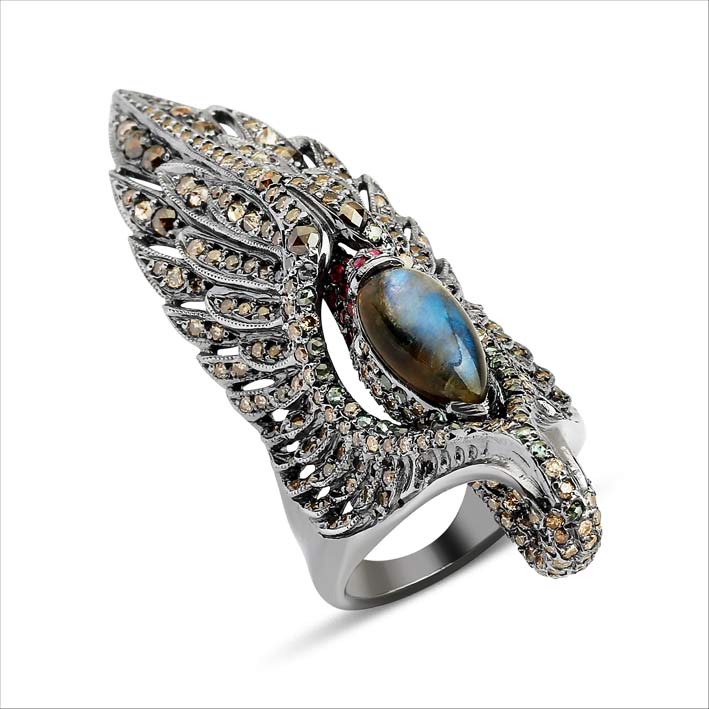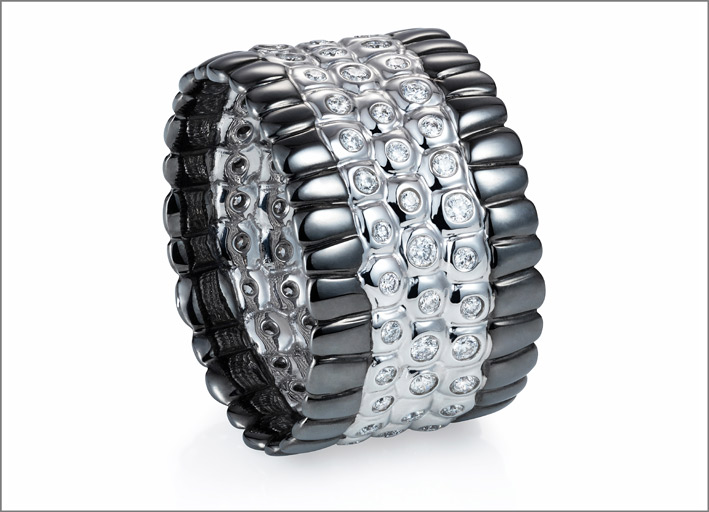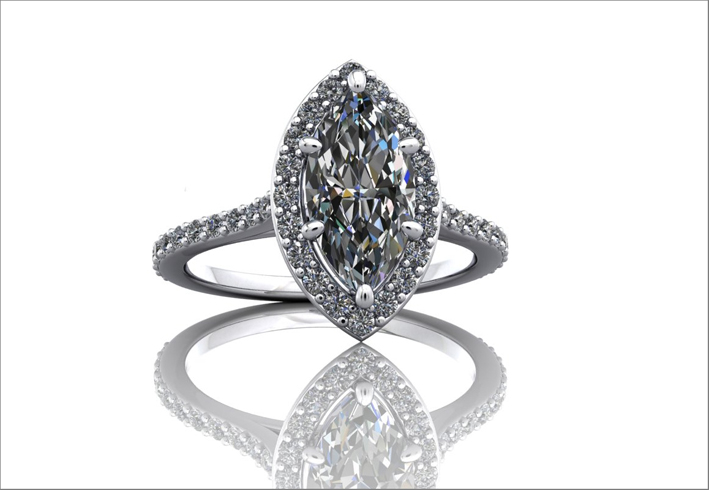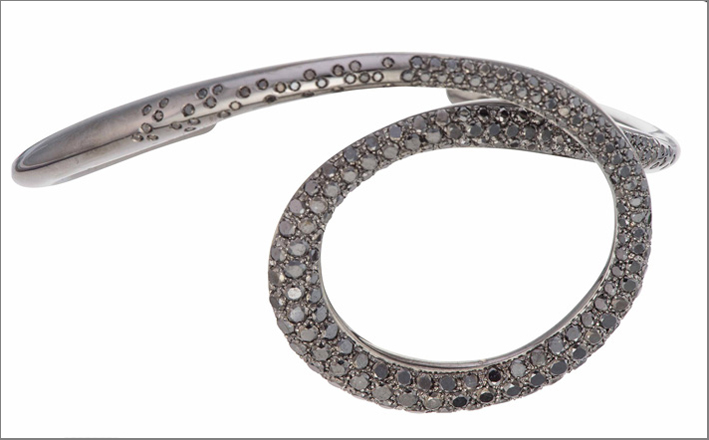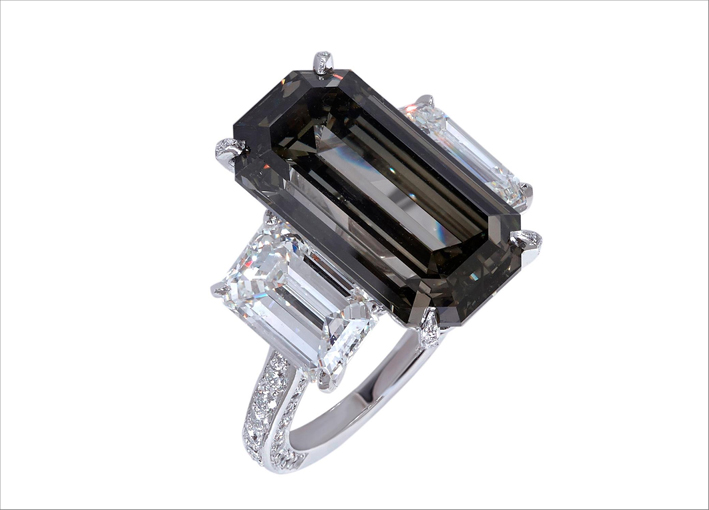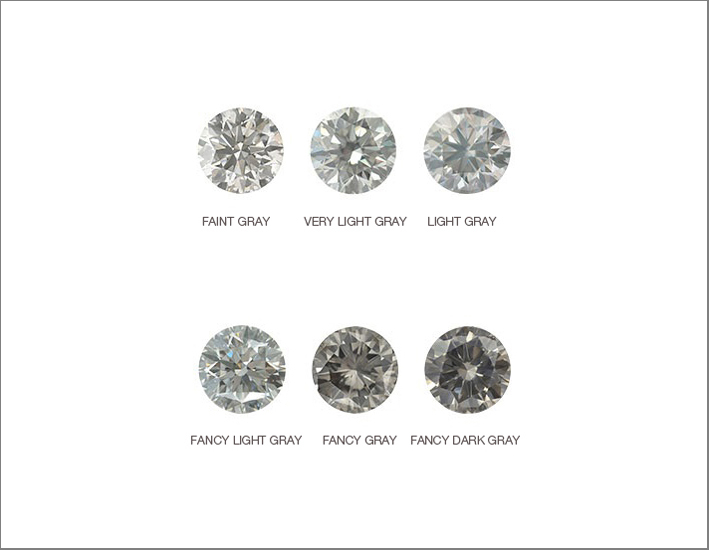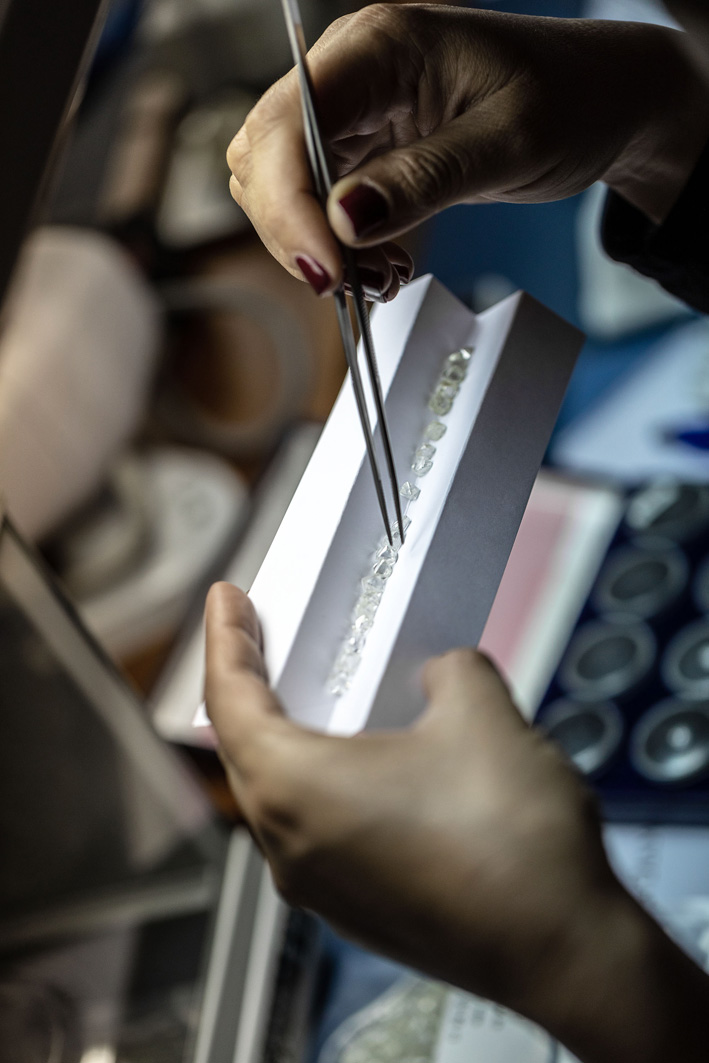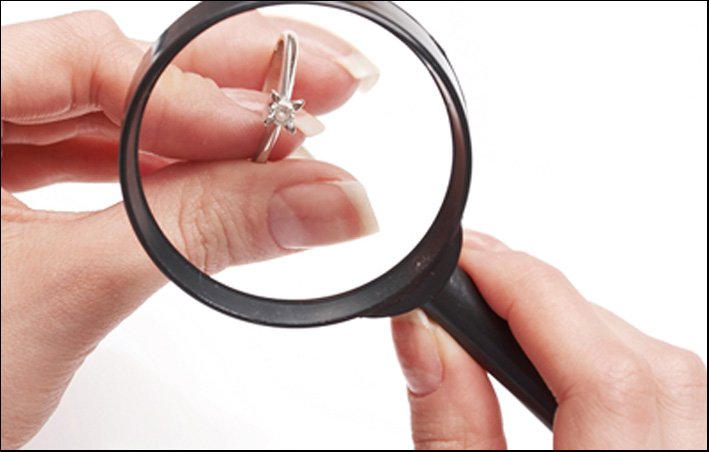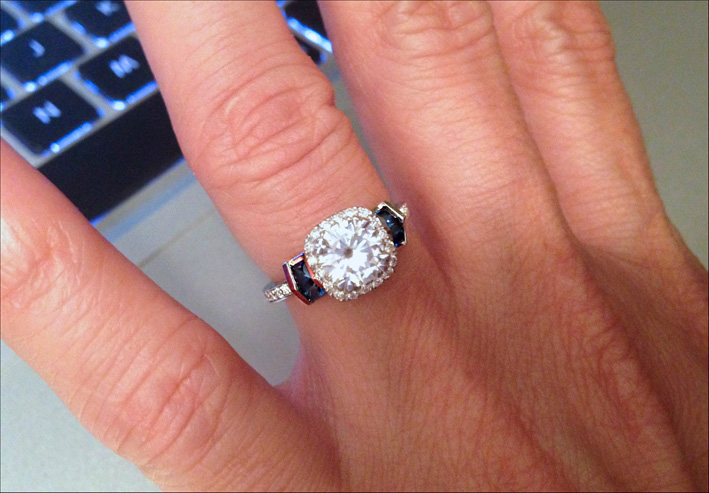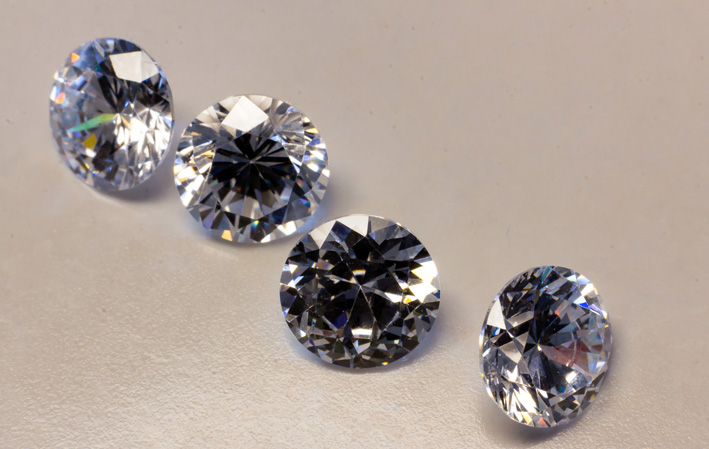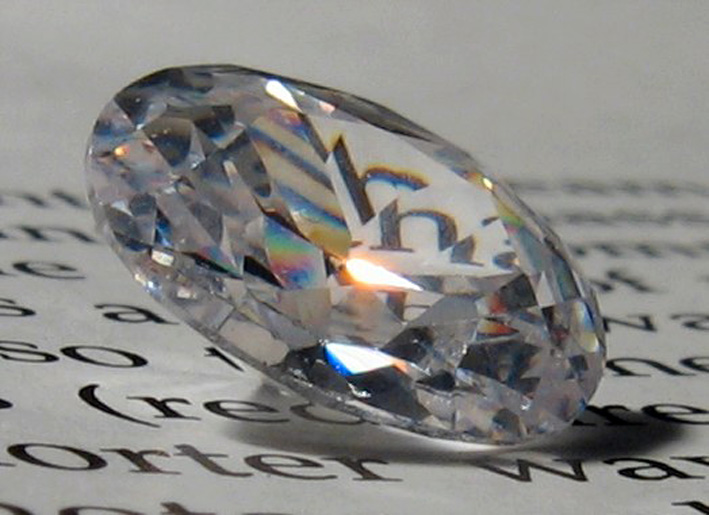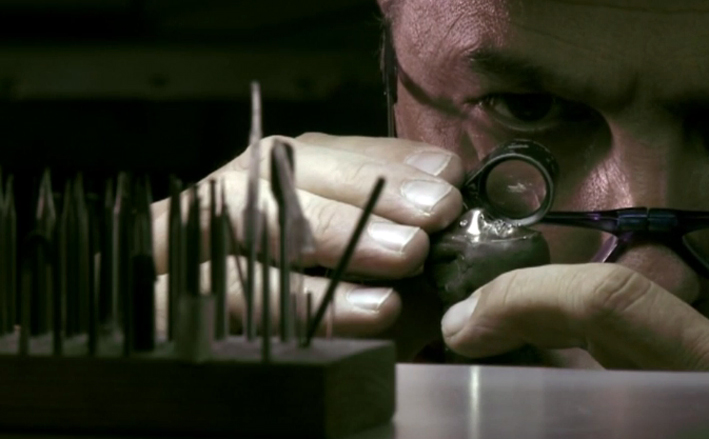Attention: the number of synthetic diamonds is increasing, which are now even produced by De Beers. Do you know how to recognize laboratory-created diamonds? The first thing to know is… ♦
How do you know if the diamond in your ring is synthetic? Is it possible to find out if a diamond is real or fake? The answer is: it depends. The difference is not visible to the naked eye, but only with sophisticated instruments. Naturally, a diamond is considered fake only if its origin is not declared. Synthetic diamonds, if they are officially declared as such, cannot be considered fake. Lastly, diamond giant De Beers has also entered the scene, producing synthetic diamonds with a laboratory in Great Britain for jewelery under the Lightbox brand.
The misunderstanding between real and synthetic, however, is a problem for traders: in fact, in case of doubt, for large stones traders turn to gemological institutes. But if the certifications are dubious, large jewelers do not use smaller stones, under 1 carat, to avoid the risk of compromising their reputation. Alberto Osimo, diamond wholesaler and president of the Geci (Gemological Education Certification Institute) of one of the main gem laboratories in Italy, stated this some time ago: «Currently there is only one machine, the Diamond view, produced by Dtc, the Diamond trading company, able to carry out this analysis, which however takes ten minutes and is uneconomical in the case of diamonds of one hundredth of a carat. In fact, it is not convenient to certify and check a stone worth just a few euros when the procedure could cost up to 80 euros per piece.” However, other systems subsequently proposed to analyze diamonds also require long and expensive procedures.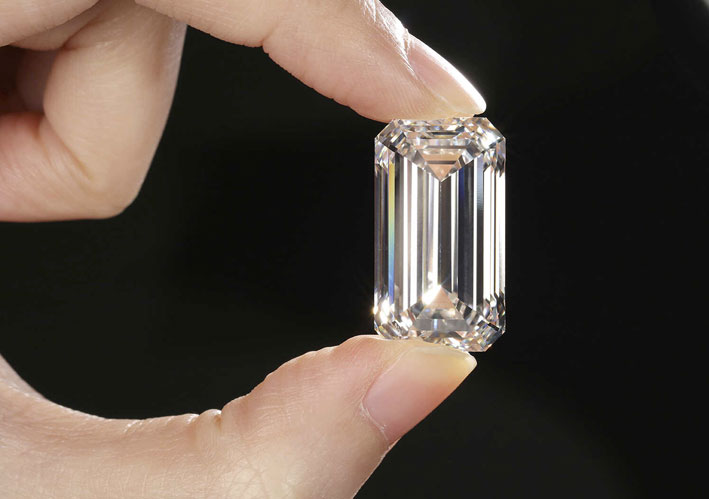
A partial solution to the problem comes from another machine created by the Swiss institute Ssef and capable of analyzing even 4 thousand stones in a single hour. So everything is fine? In part: the device only identifies the molecular structure of the object, i.e. it divides them according to type. And, fortunately, only one of these categories is artificially replicable. In short: a synthetic diamond can only be identified with expensive machines and complicated procedures.
But it’s not just synthetic diamonds. Alongside the natural diamond, there are laboratory-created stones on the market, such as cubic zirconia and synthetic moissanite. Which are certified and sold as extremely cheaper alternatives to diamonds which are the result of the thousand-year-old work of the earth.
So, how do you know if your diamond is real or fake?
1 A real diamond is certified. Therefore, a diamond jewel must also have the certificate attesting its purity, color and carats.
2 You can purchase a device to test yourself. A device such as the Professional Diamond Selector I. It is a probe or thermal conductivity meter and can be found on sale on Amazon for a few dollars, serves to distinguish real diamonds from other simulated stones. For example, it finds out whether the stone is, in fact, a crystal or a cubic zirconia. However, he will not be able to find out if the diamond was created in a laboratory.
3 Other tests that you can do at home: drop the diamond into a glass full of water (but this presupposes that it is separated from the jewel). If the gemstone sinks it is a real diamond. If it floats on the surface of the water or just below it, it is false.
4 Breath test: fog the diamond with your breath, as if cleaning the lenses of your glasses. If the water vapor dissolves immediately from the surface, the diamond is more likely to be authentic. Needless to say, it’s a very crude method…
5 Take a magnifying glass. If you see the tiny abbreviation CZ on the stone it means that it is cubic zirconia.
6 A test for strong hearts: heat your diamond on a flame for 40 seconds. Then throw it in a glass of cold water: if it’s real it won’t break. But if it’s a crystal… We don’t recommend it, if you want to try it’s your risk.


